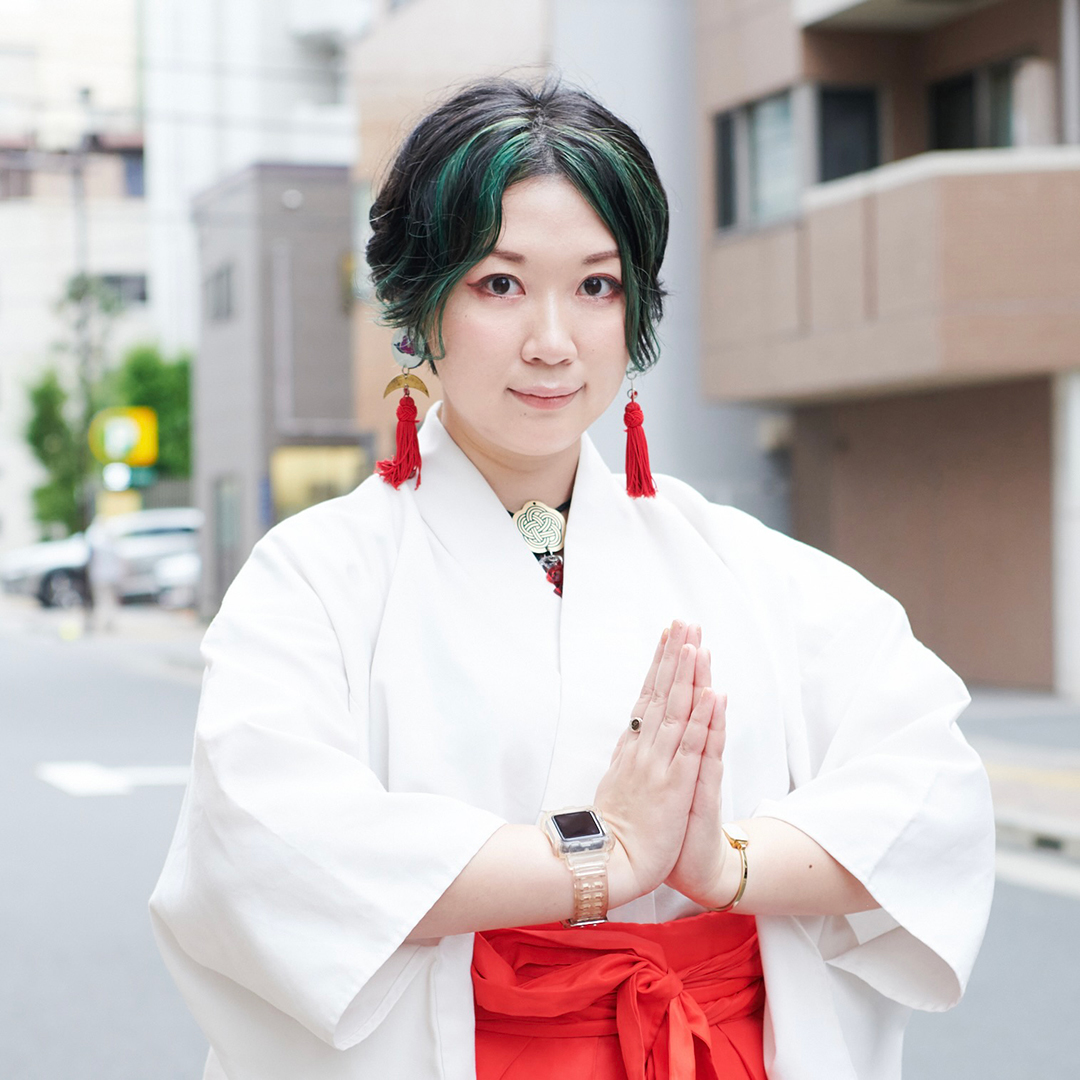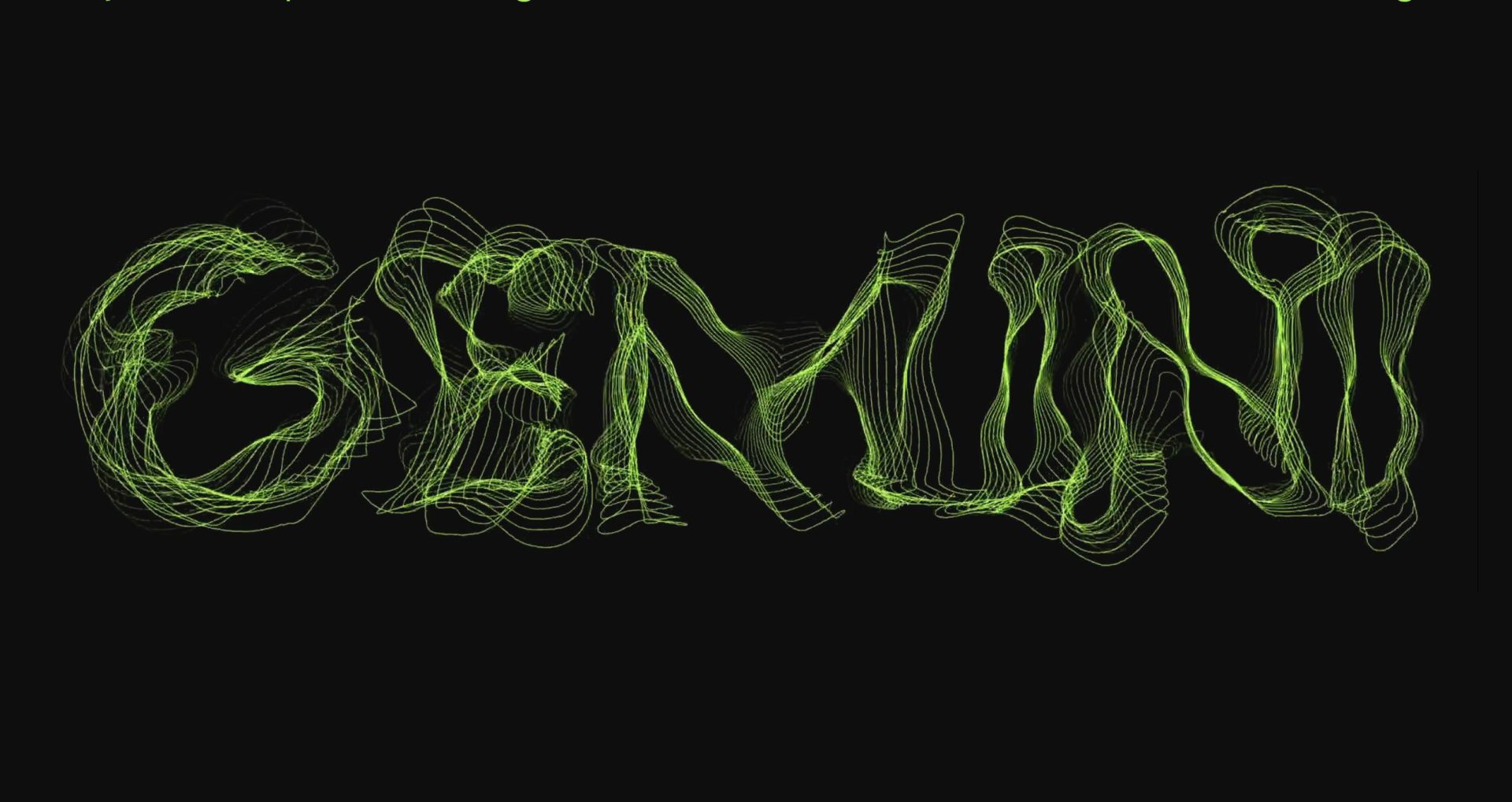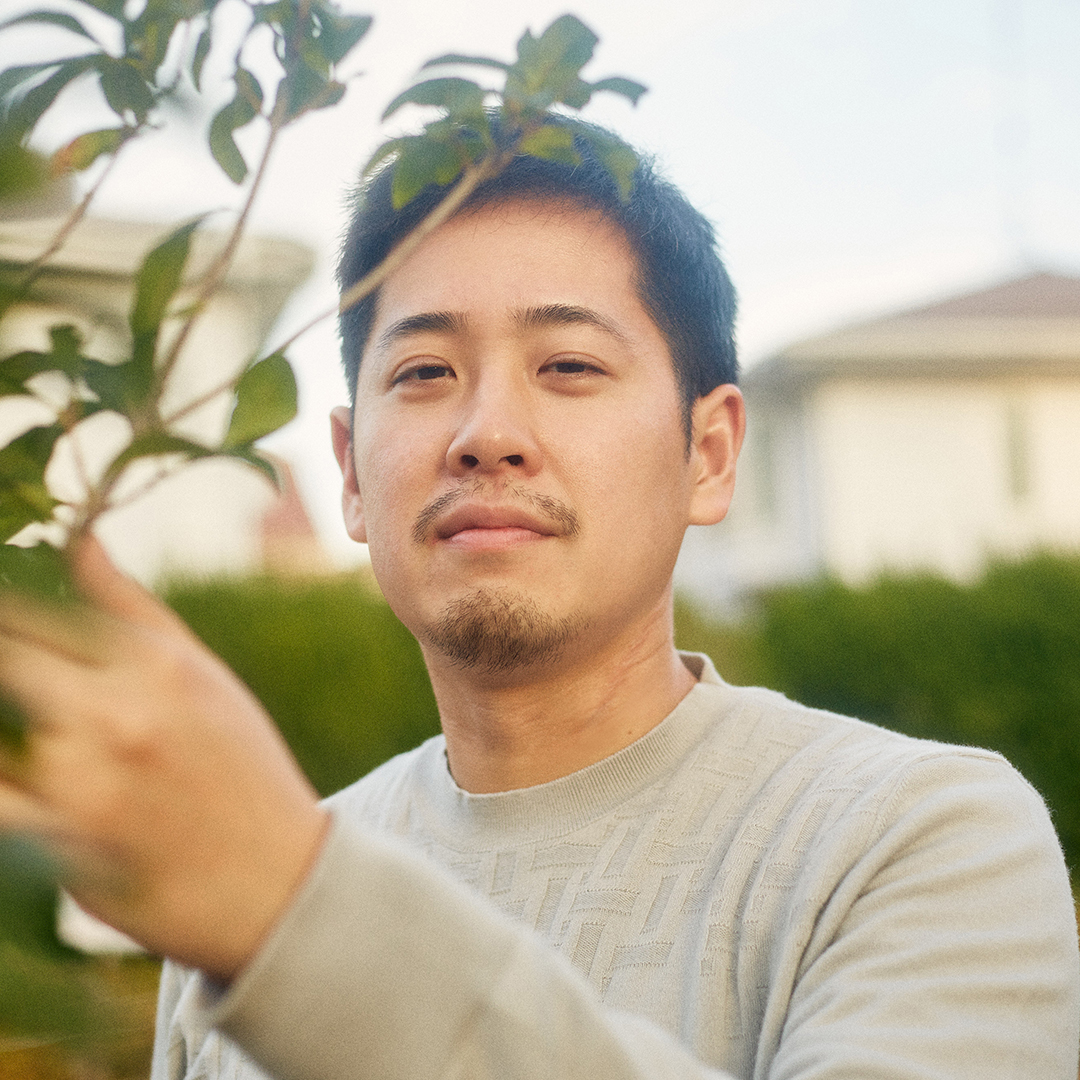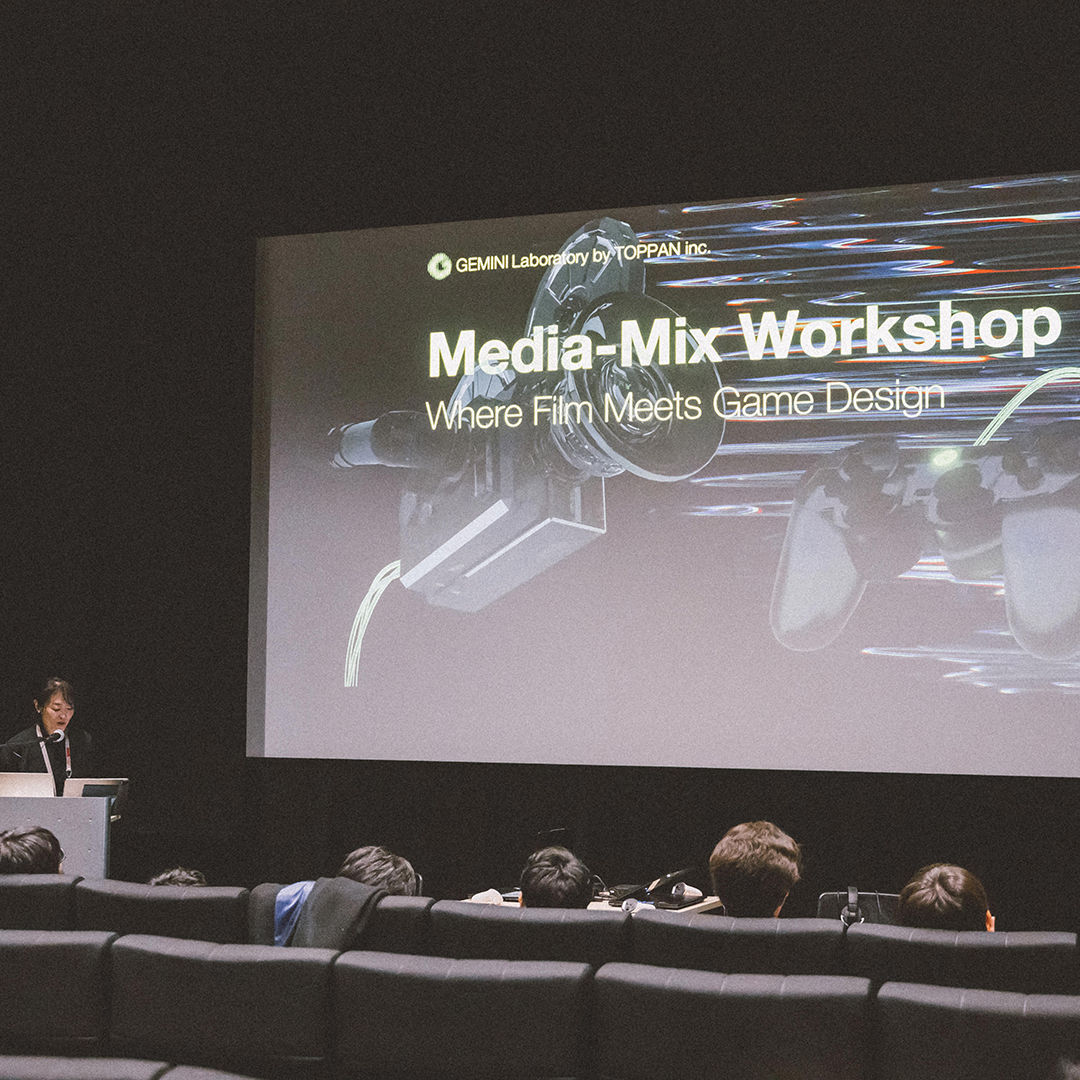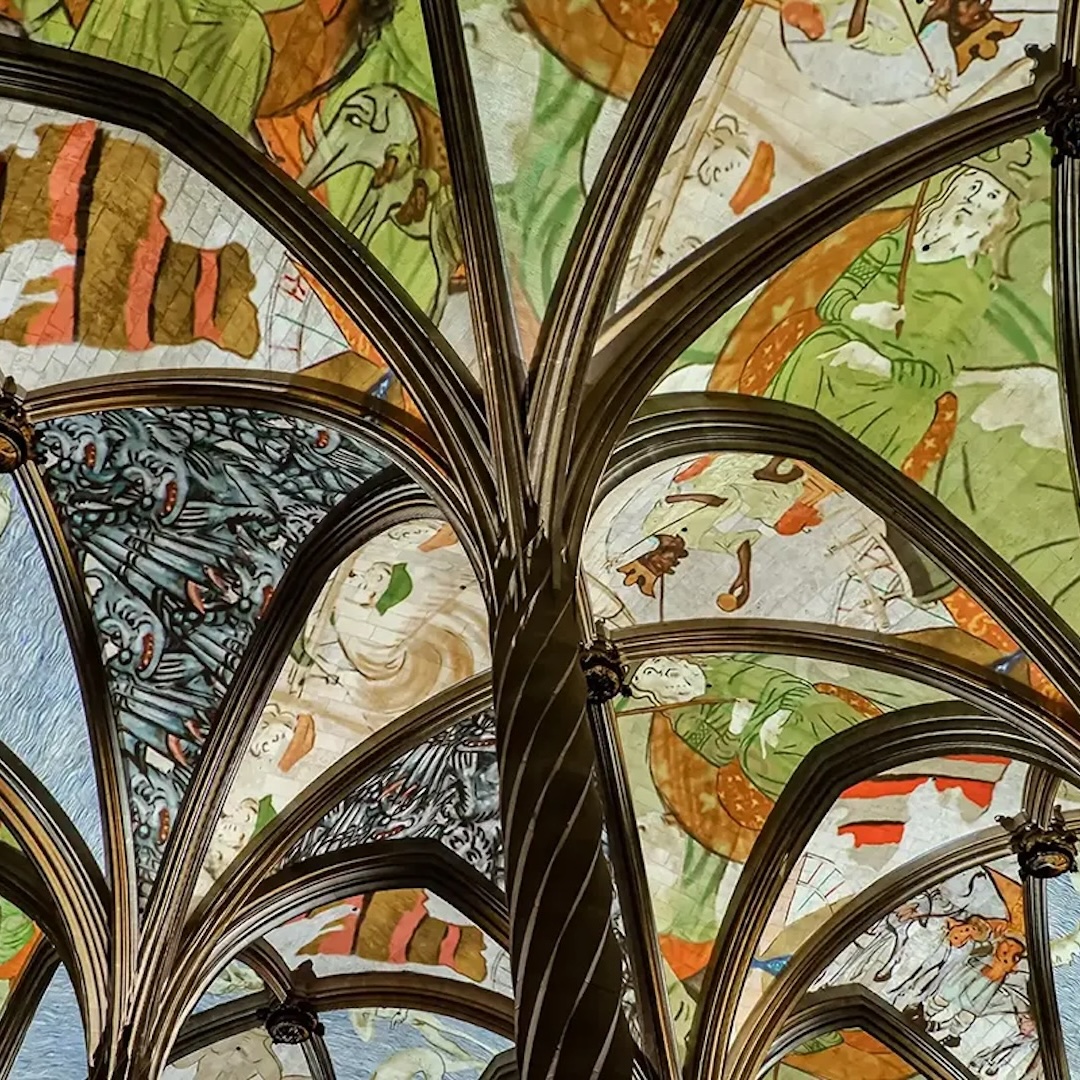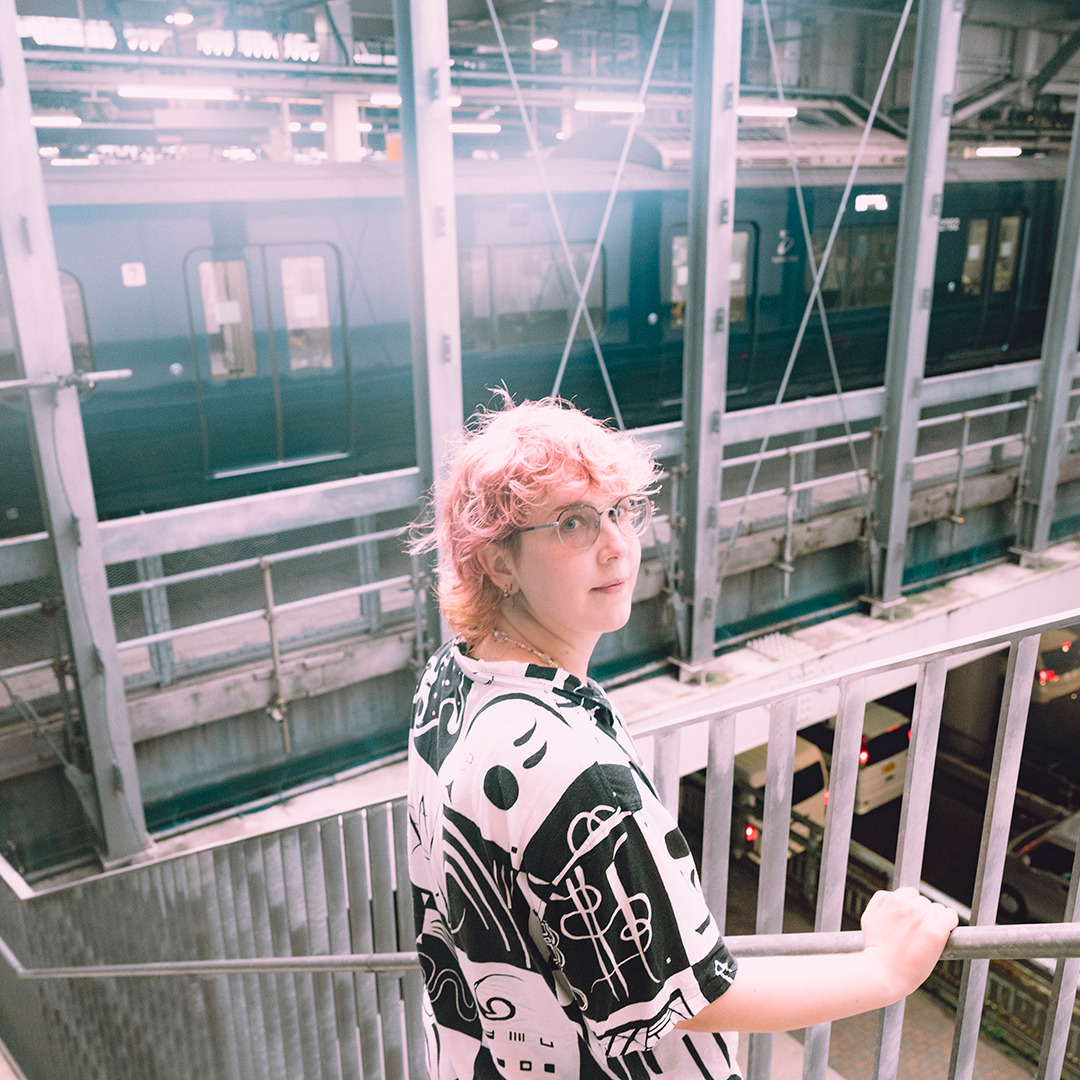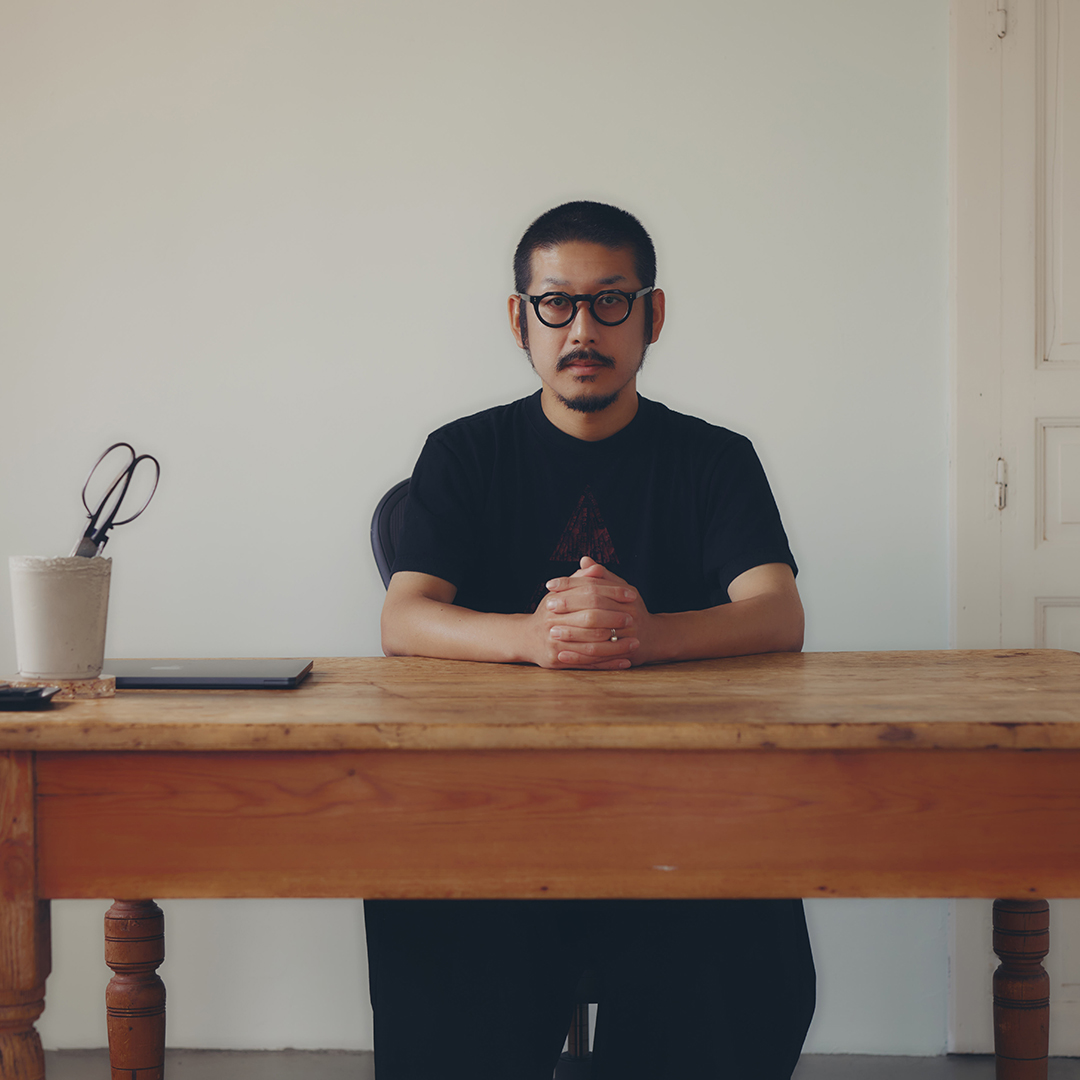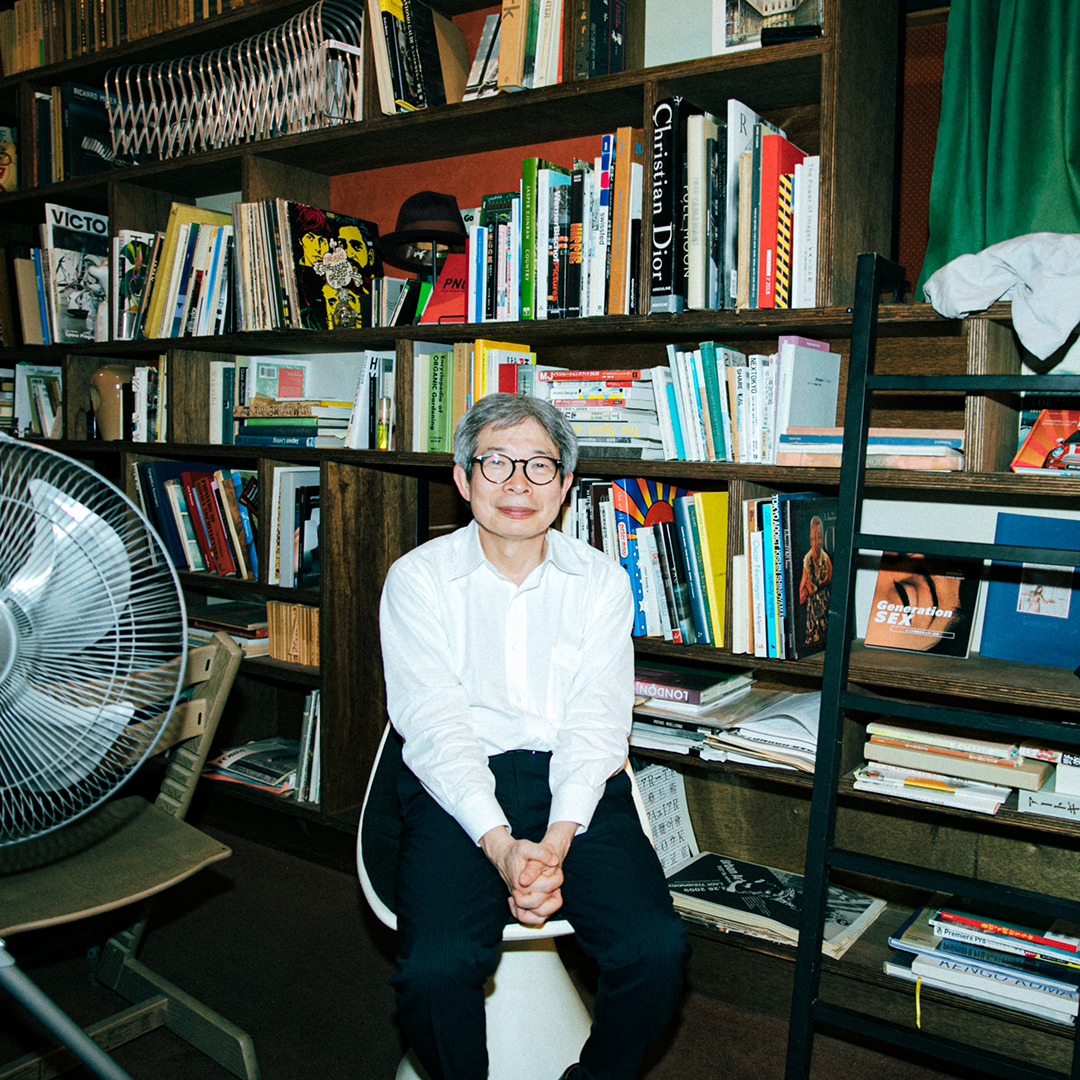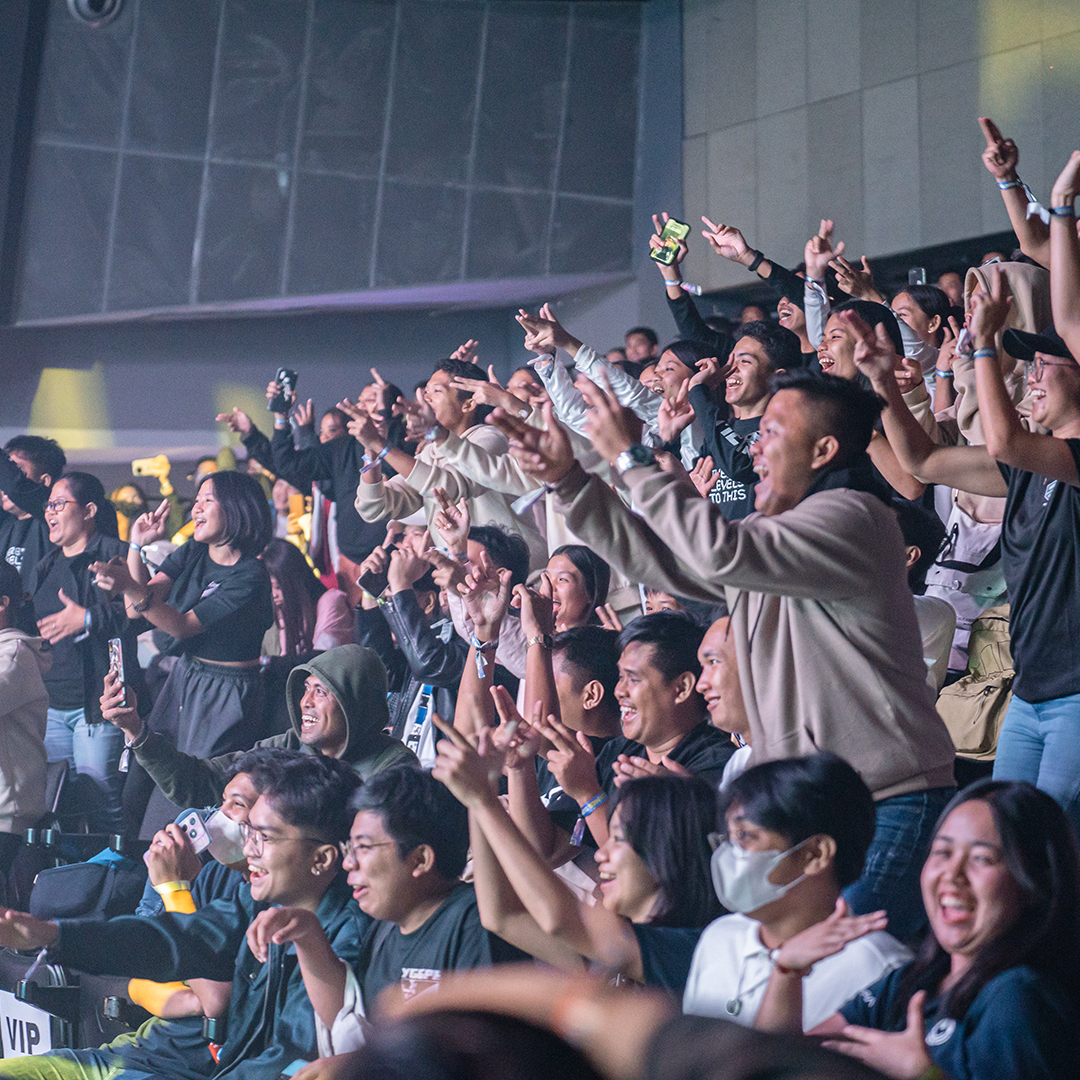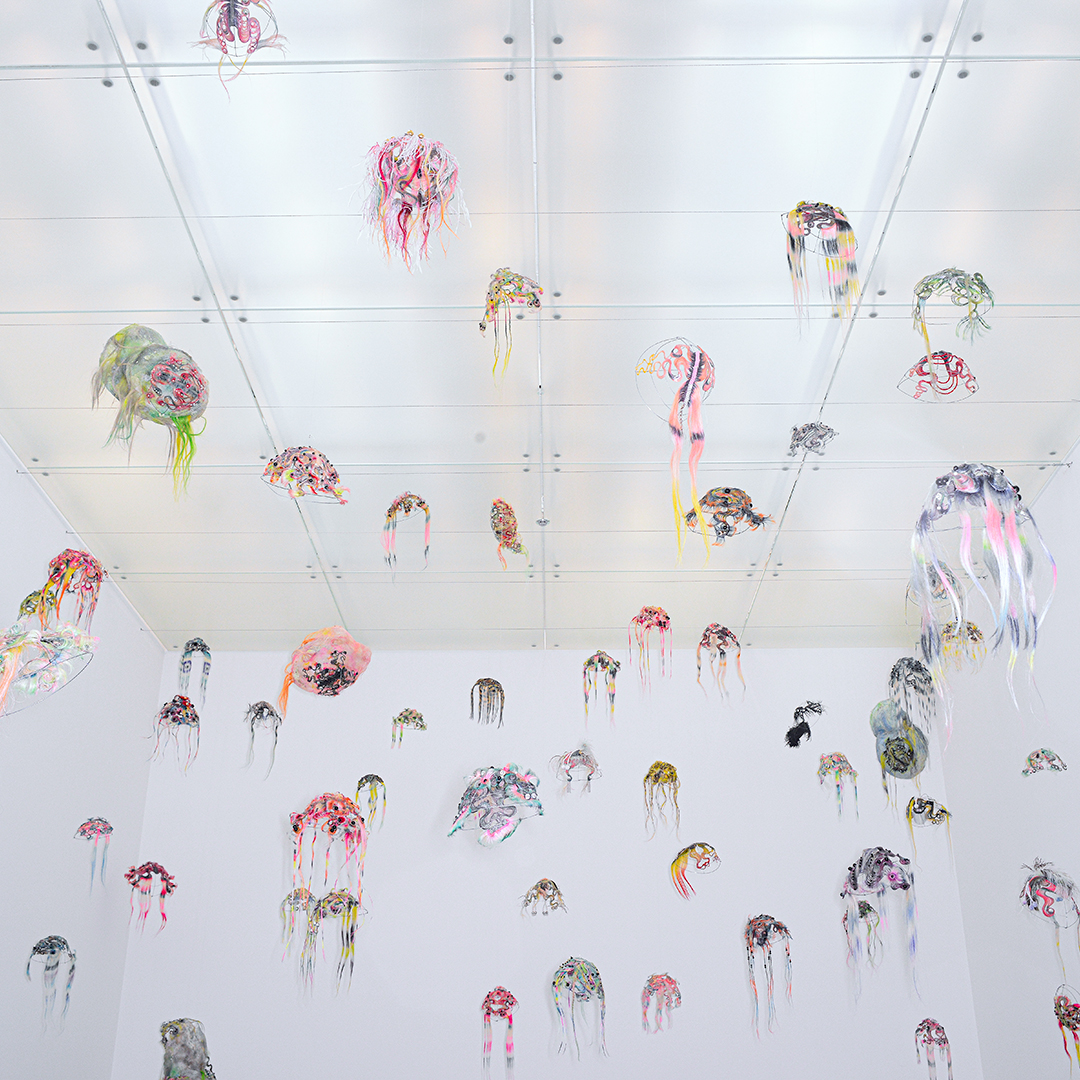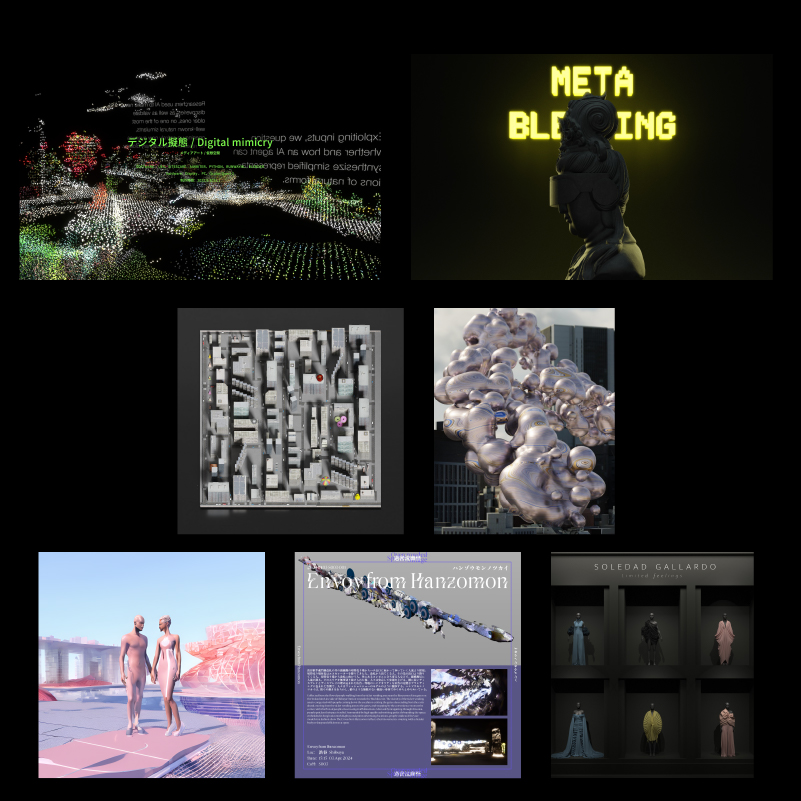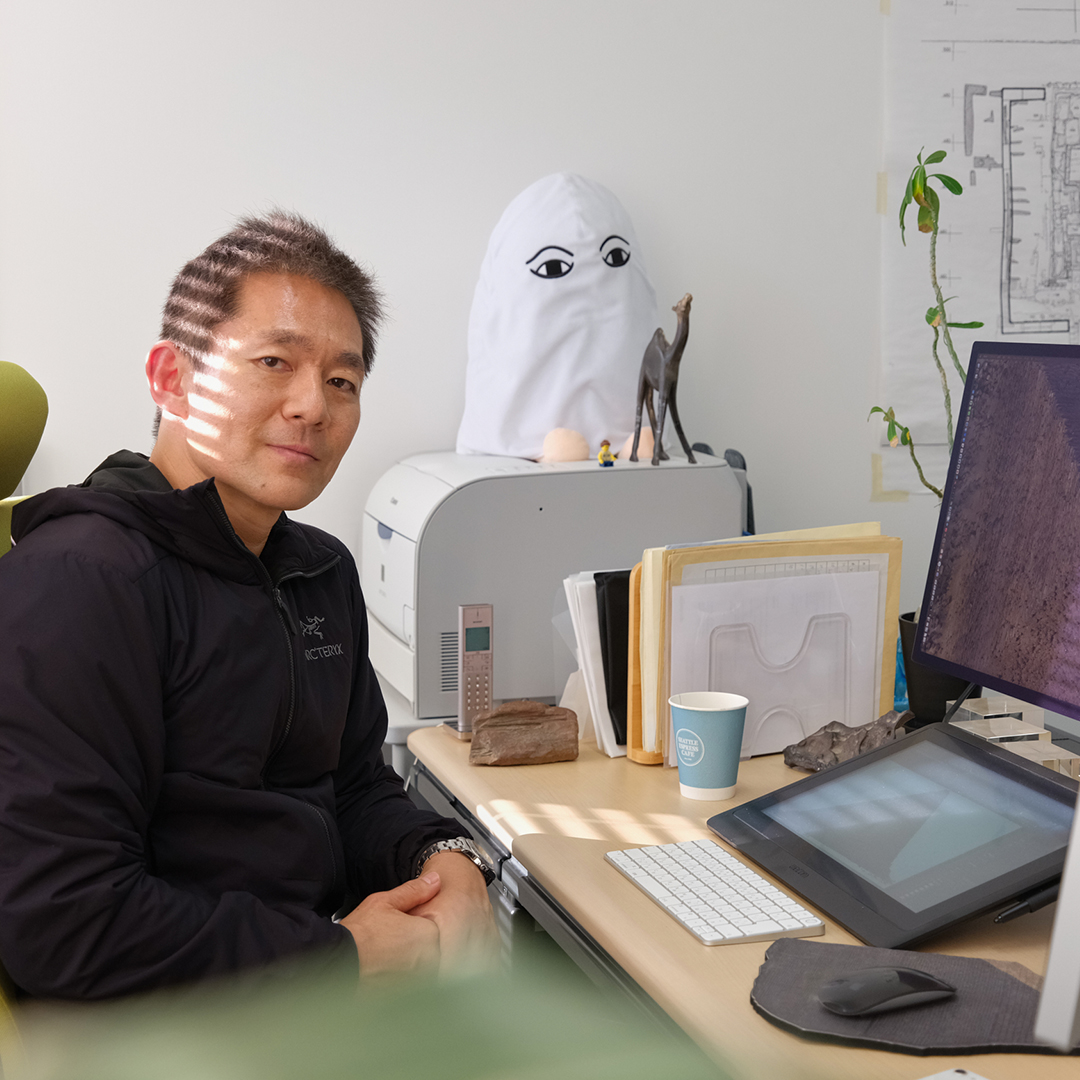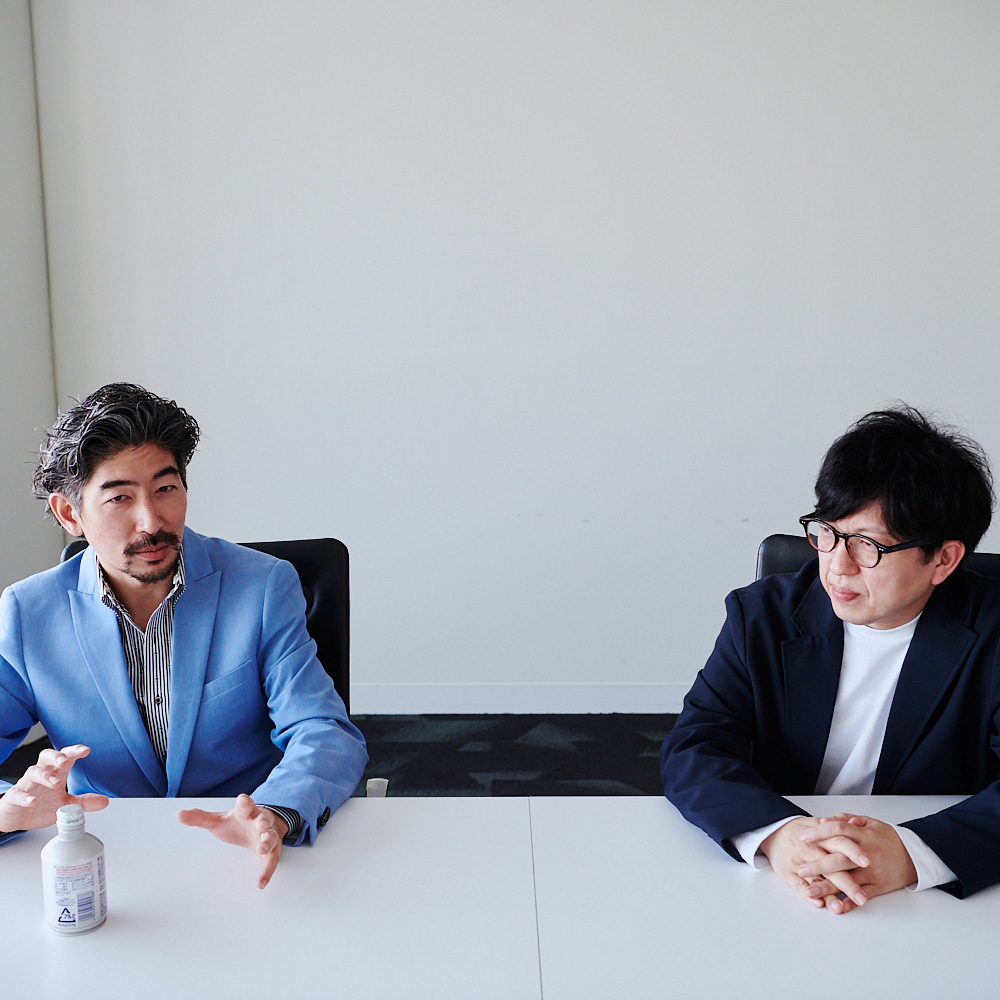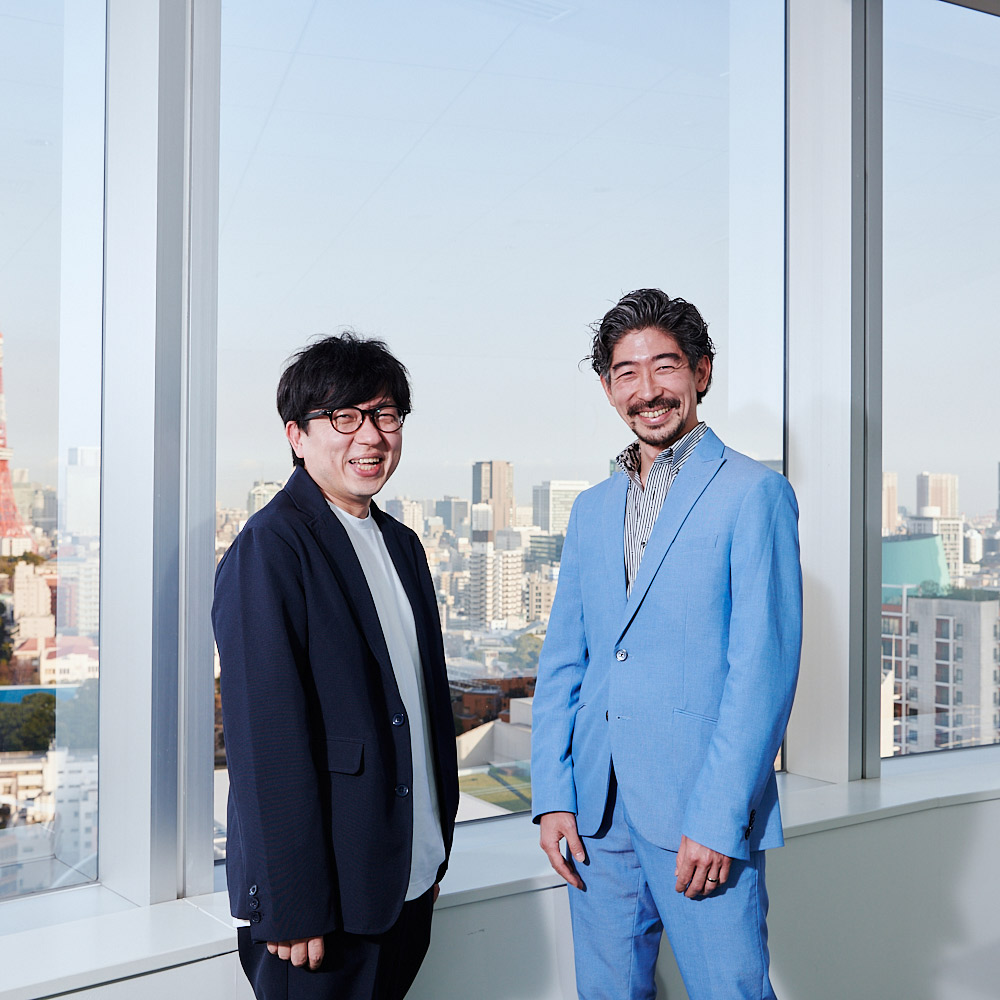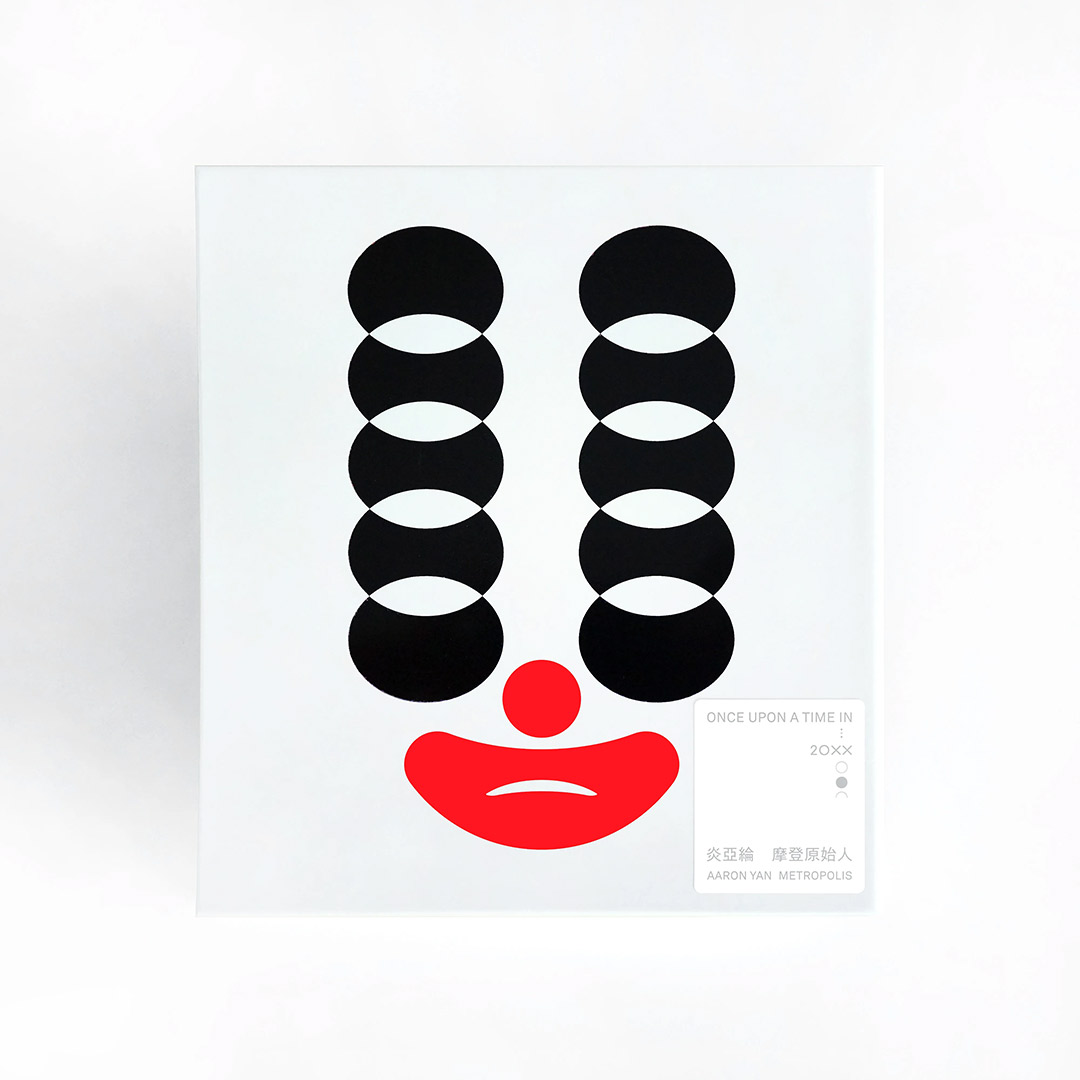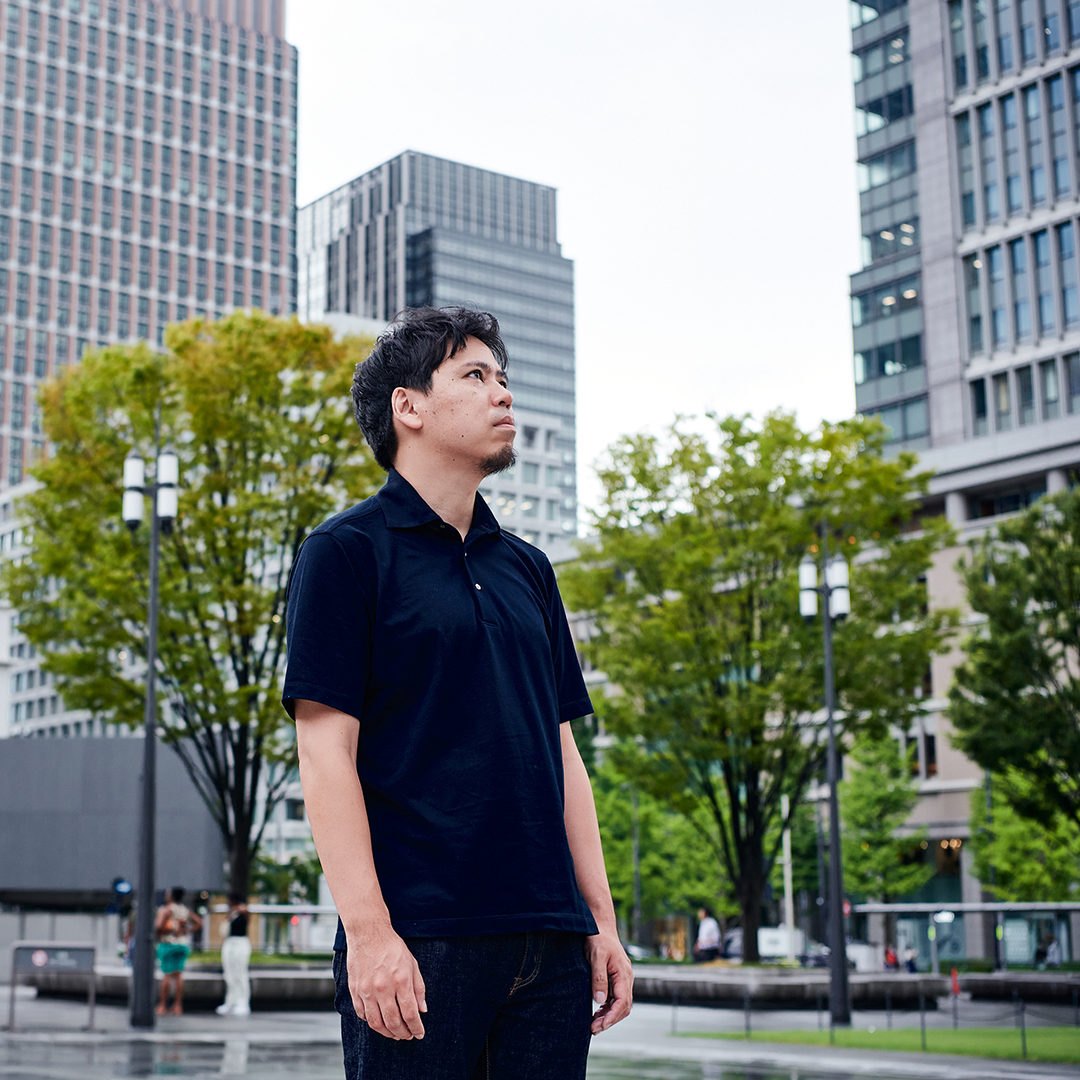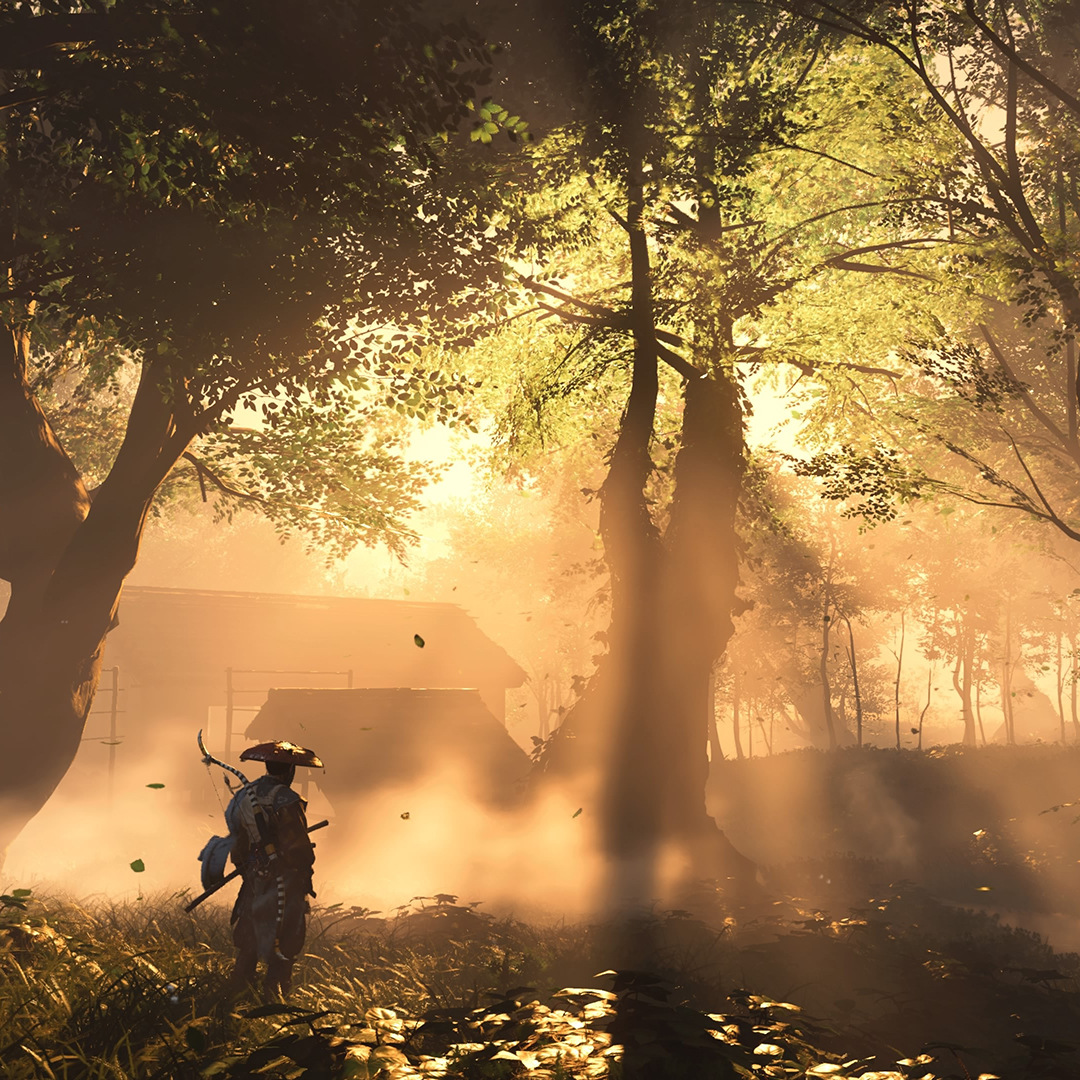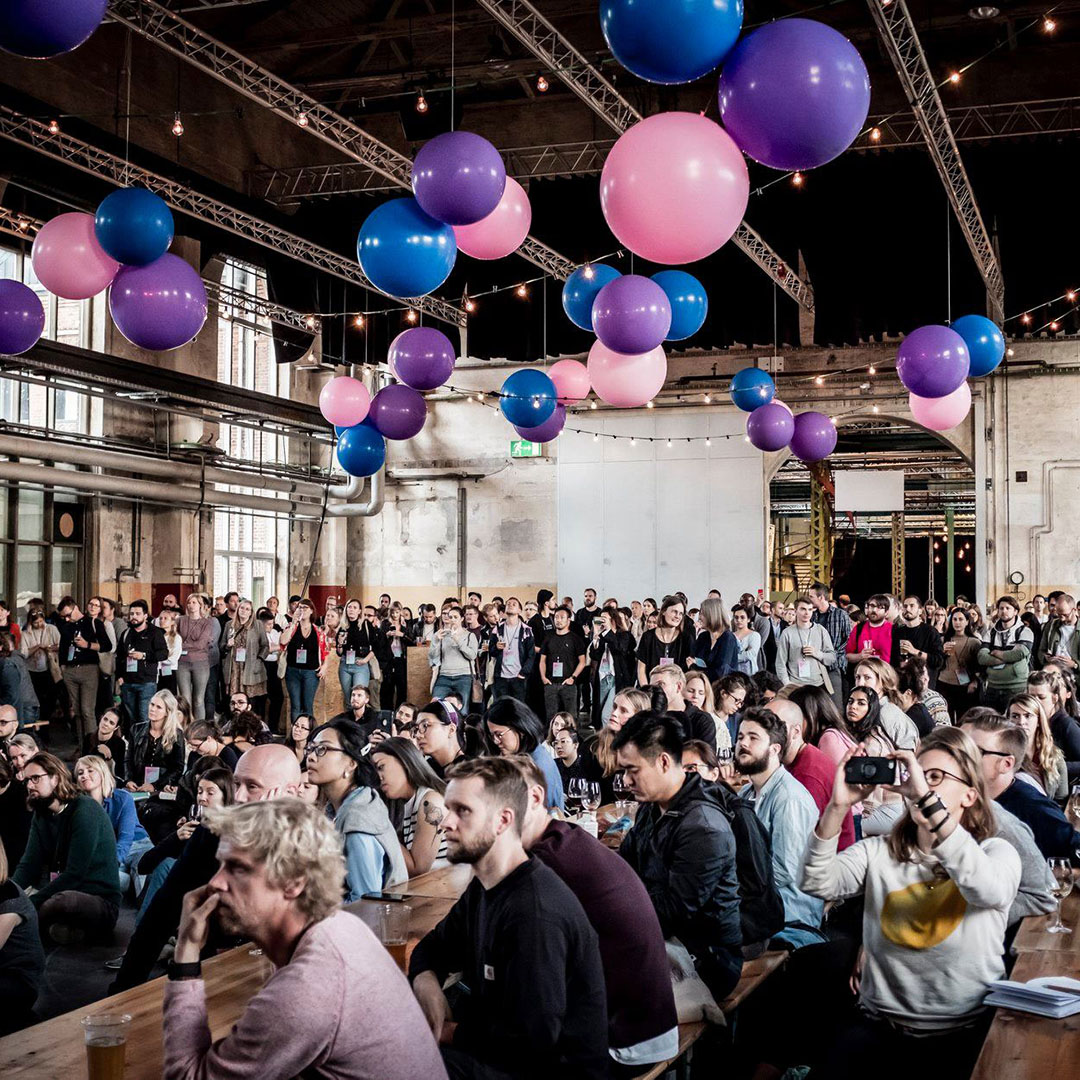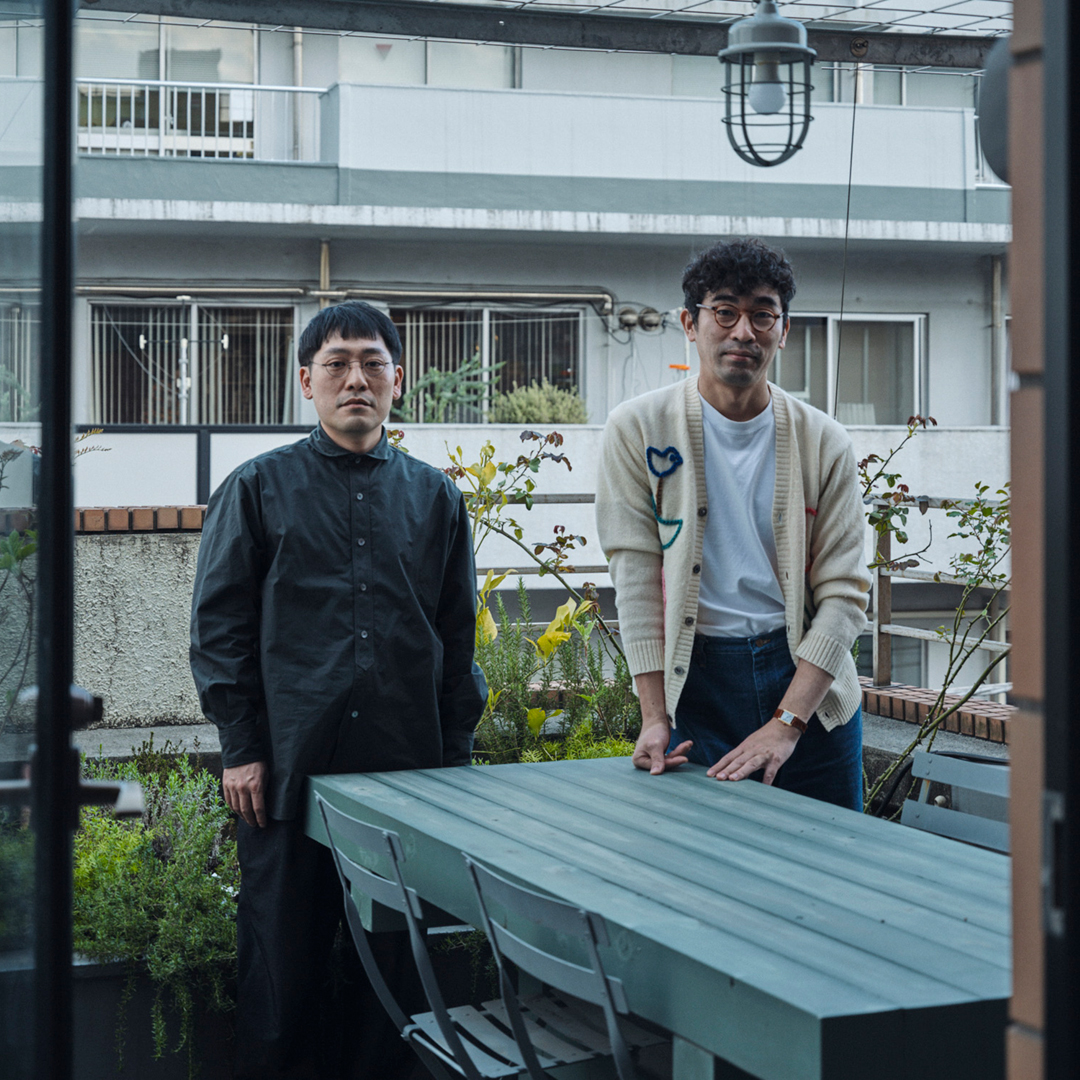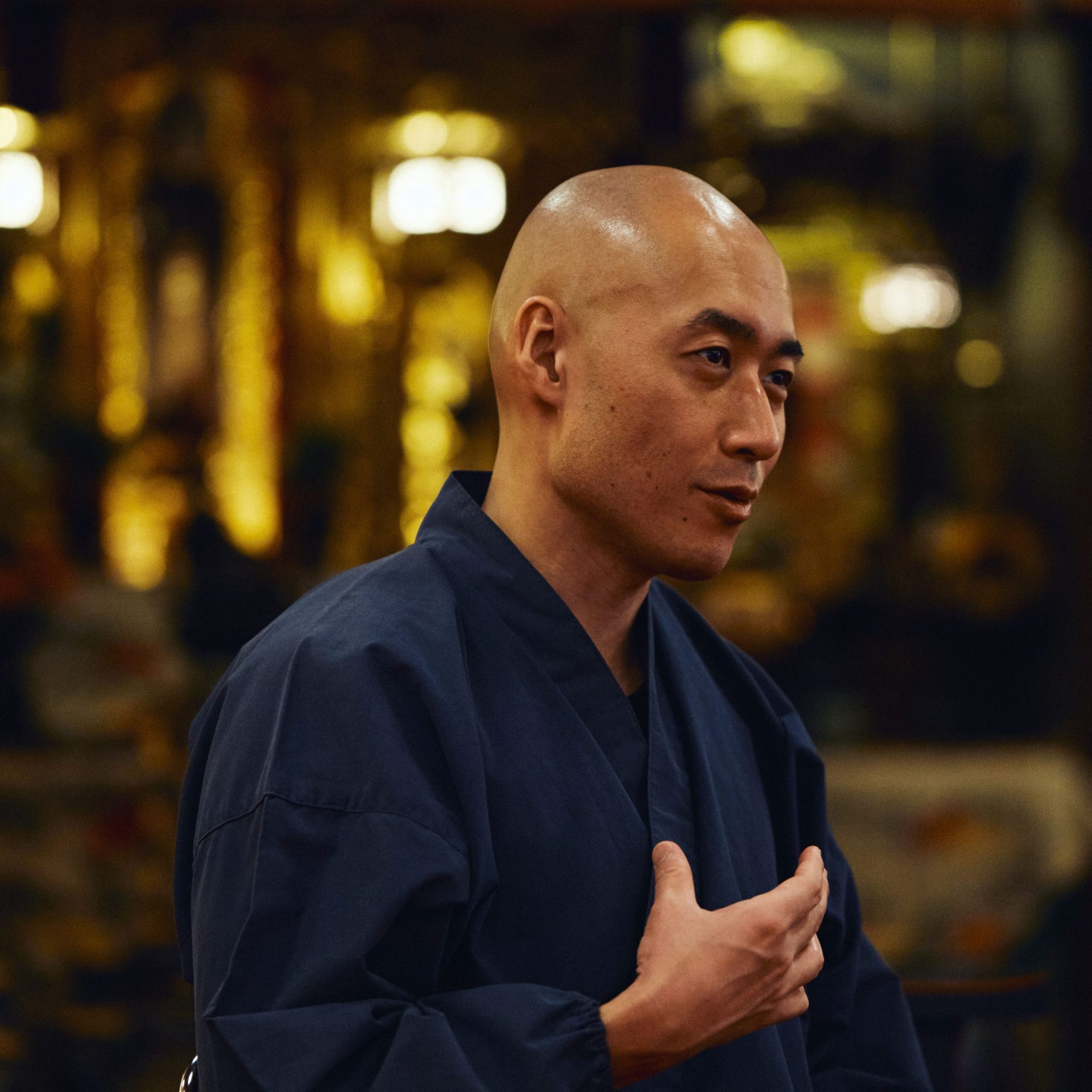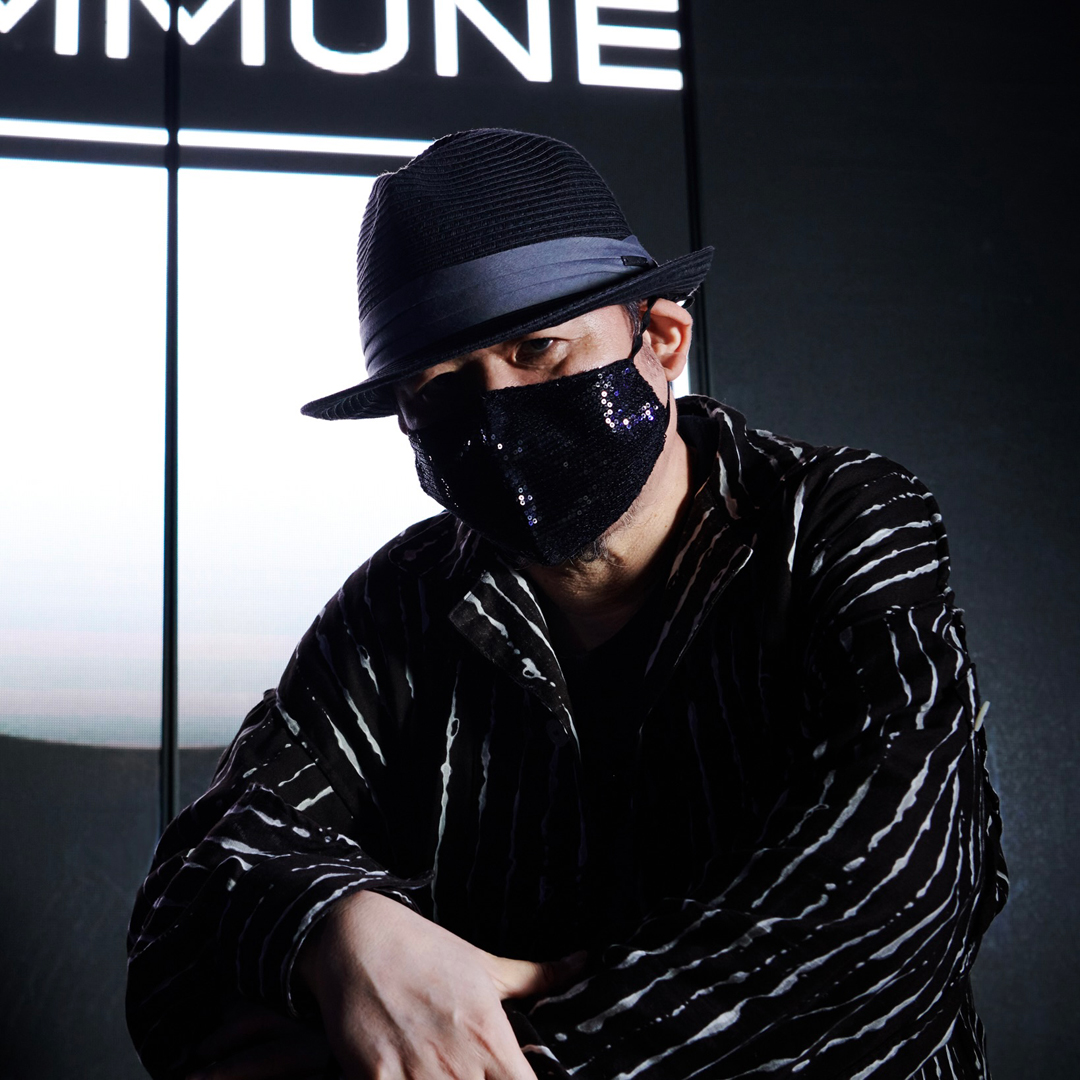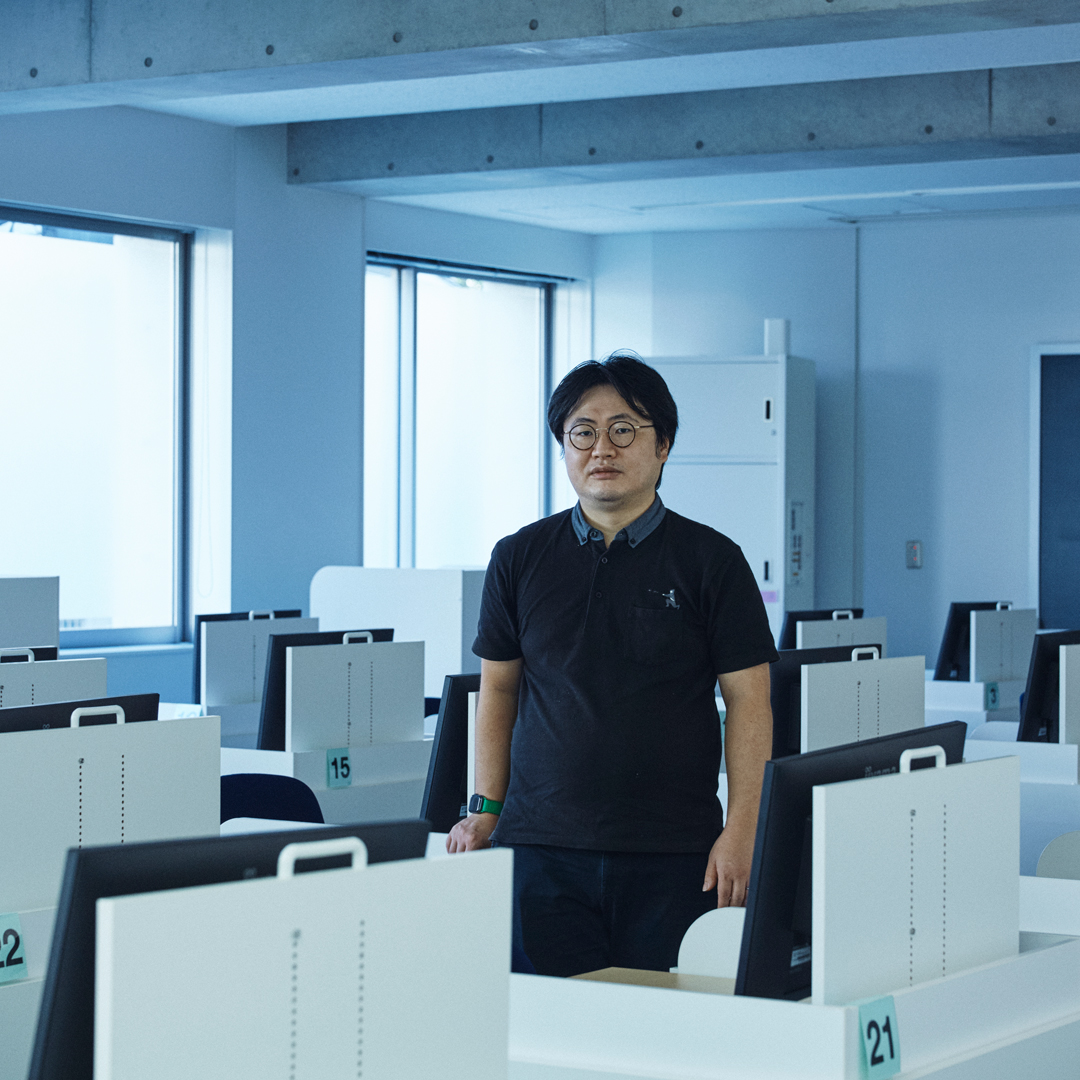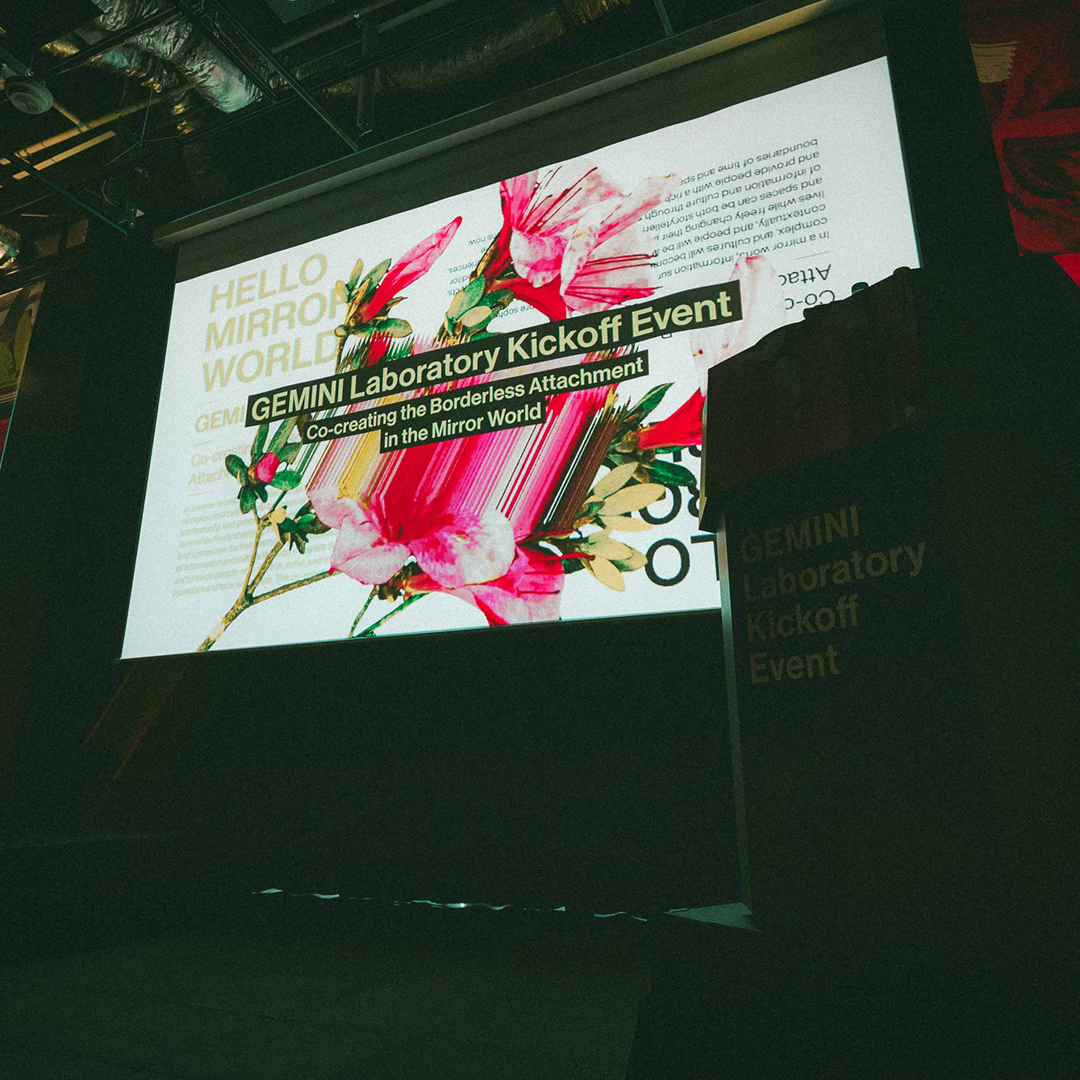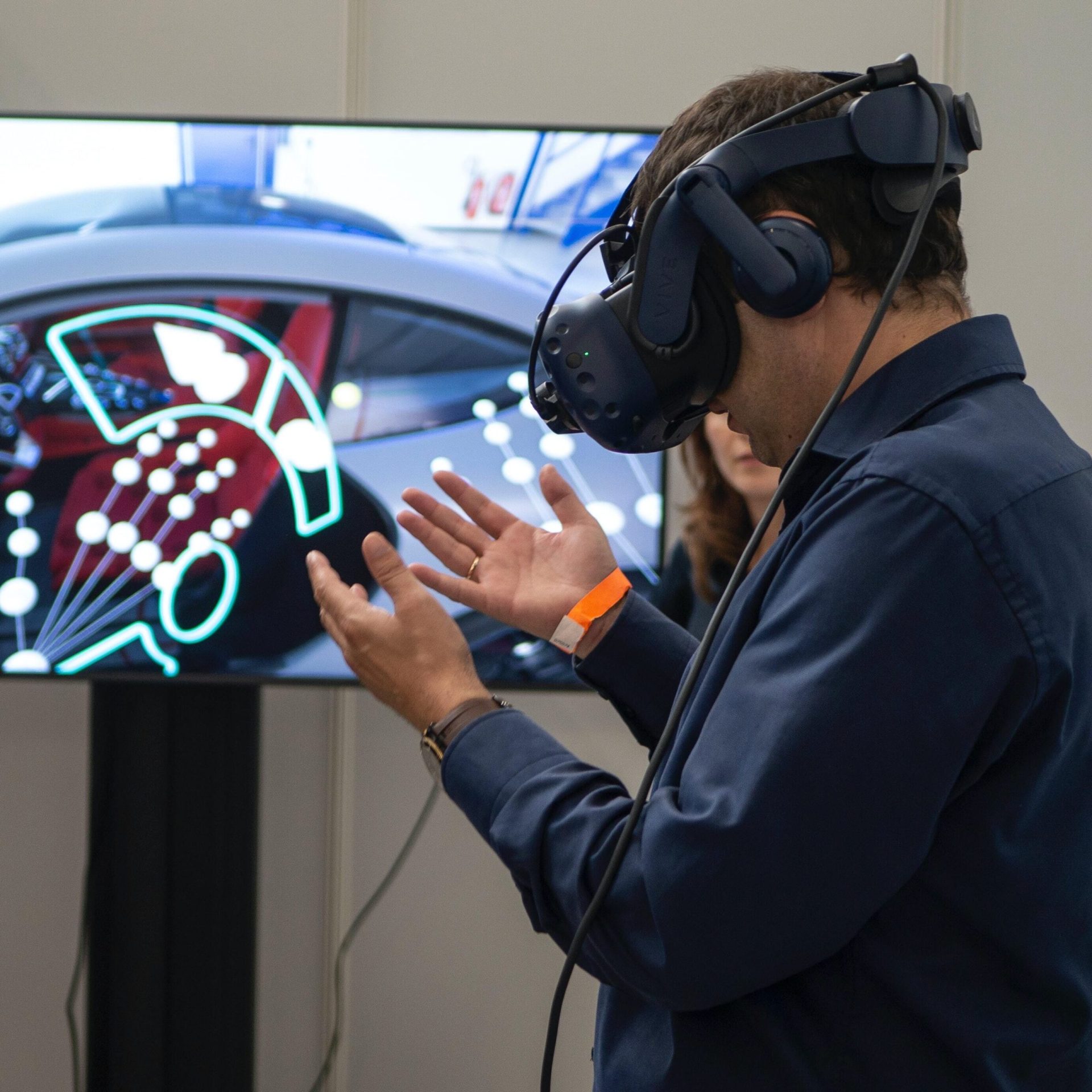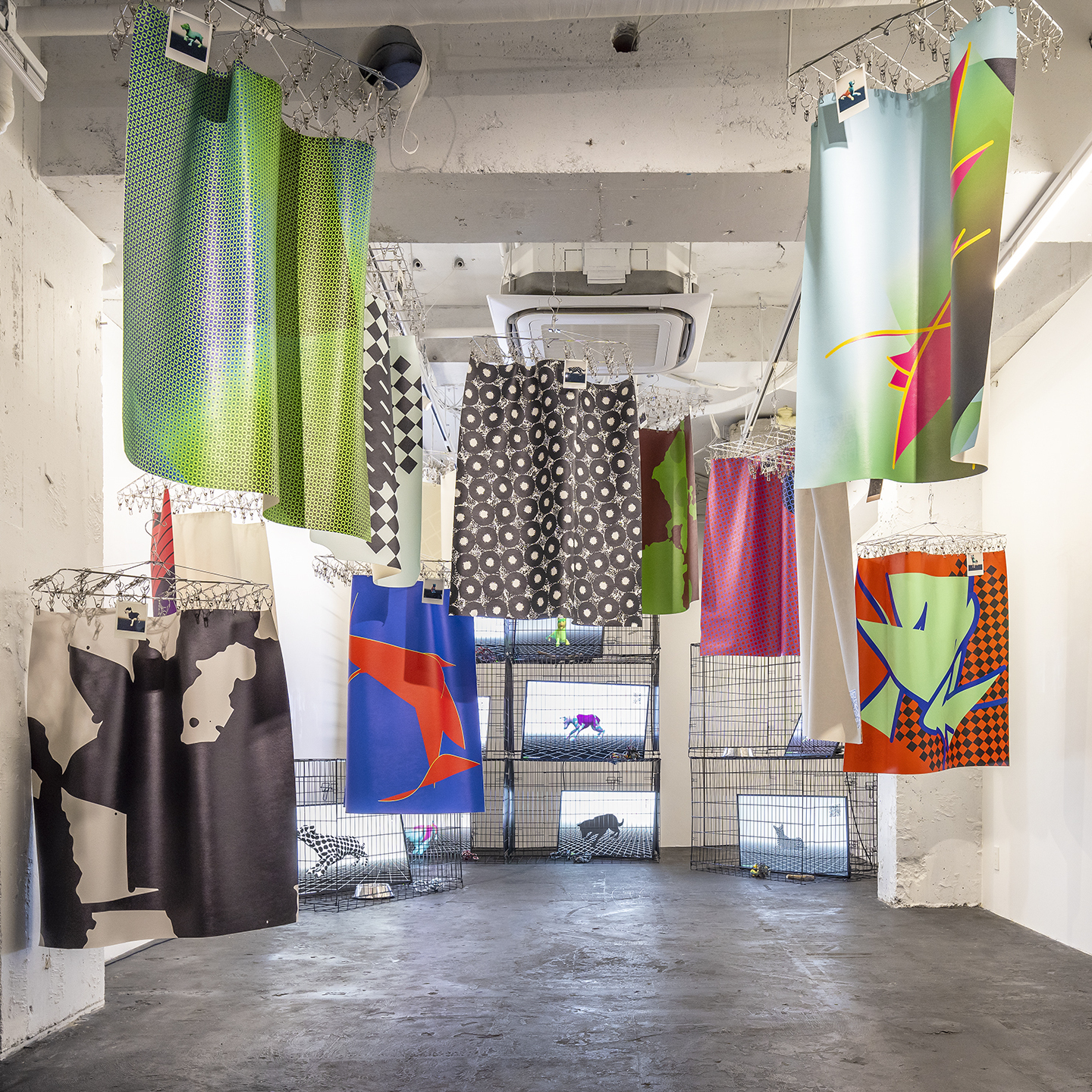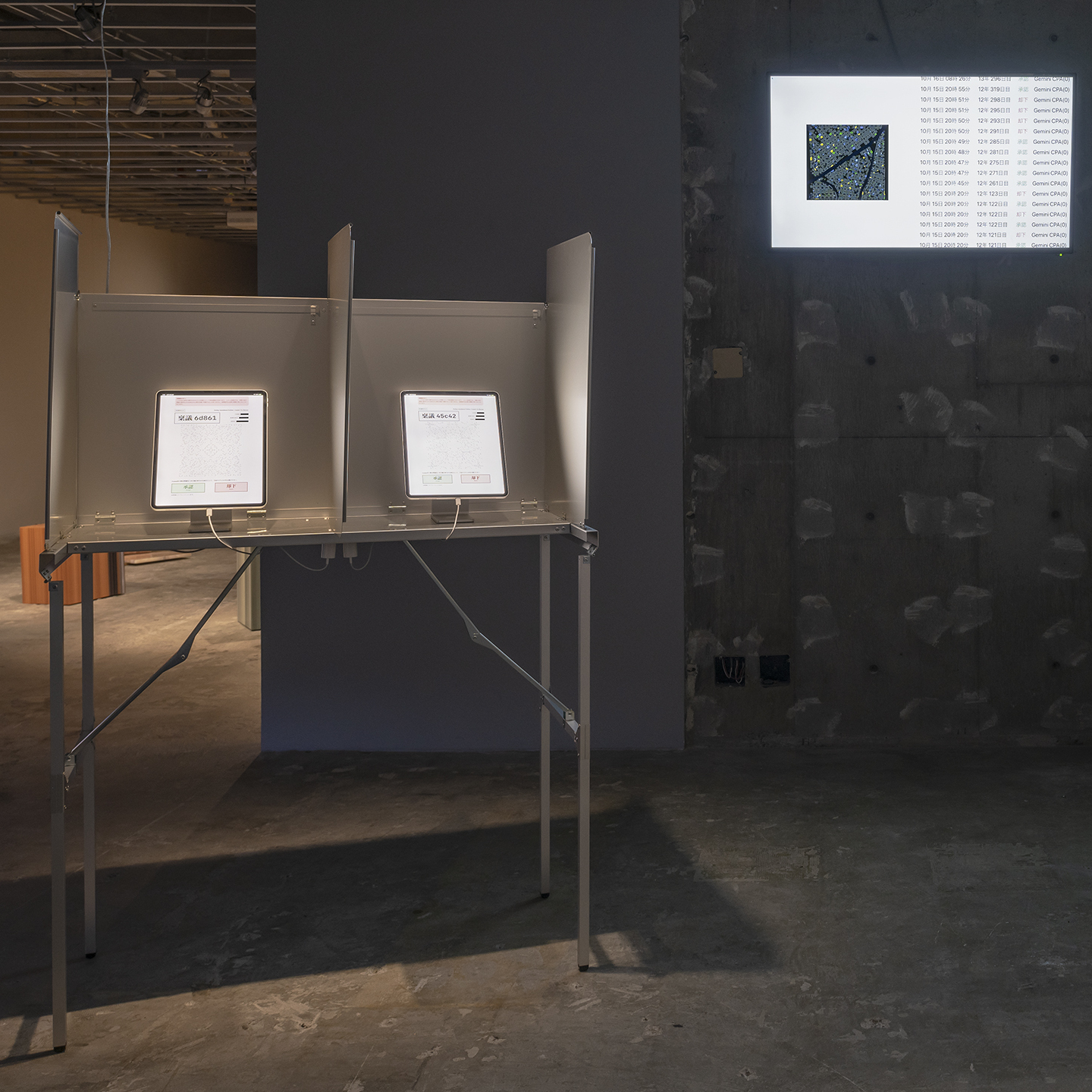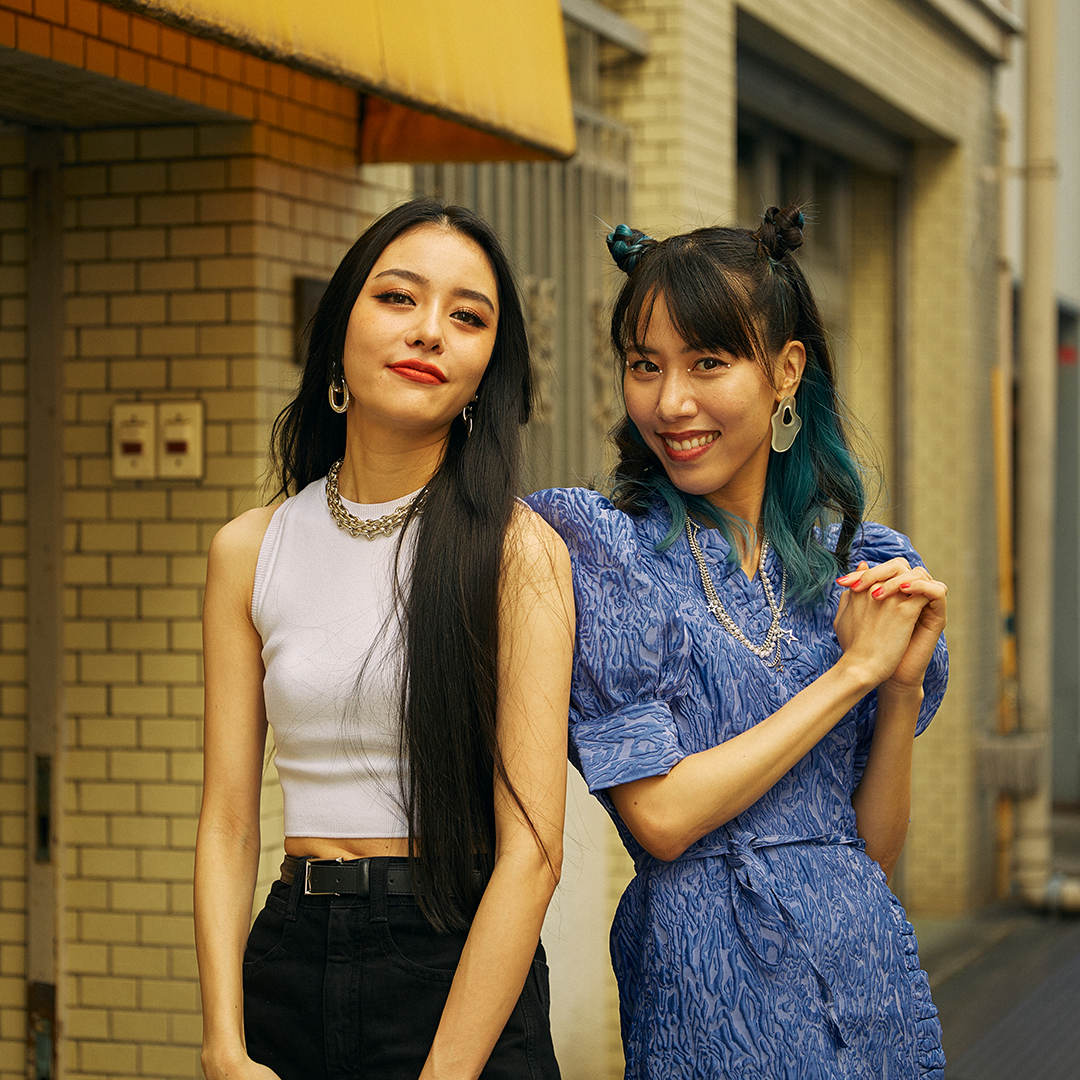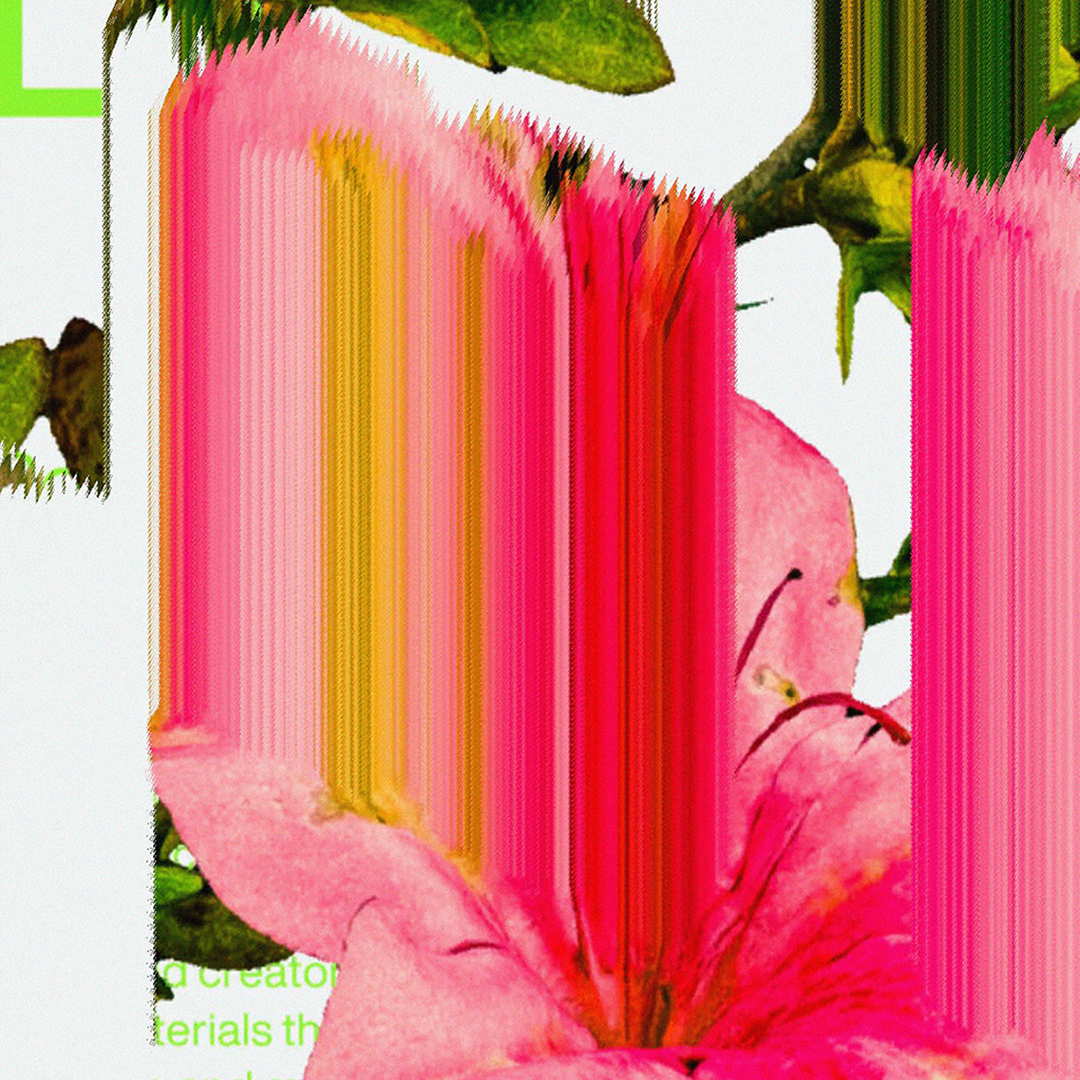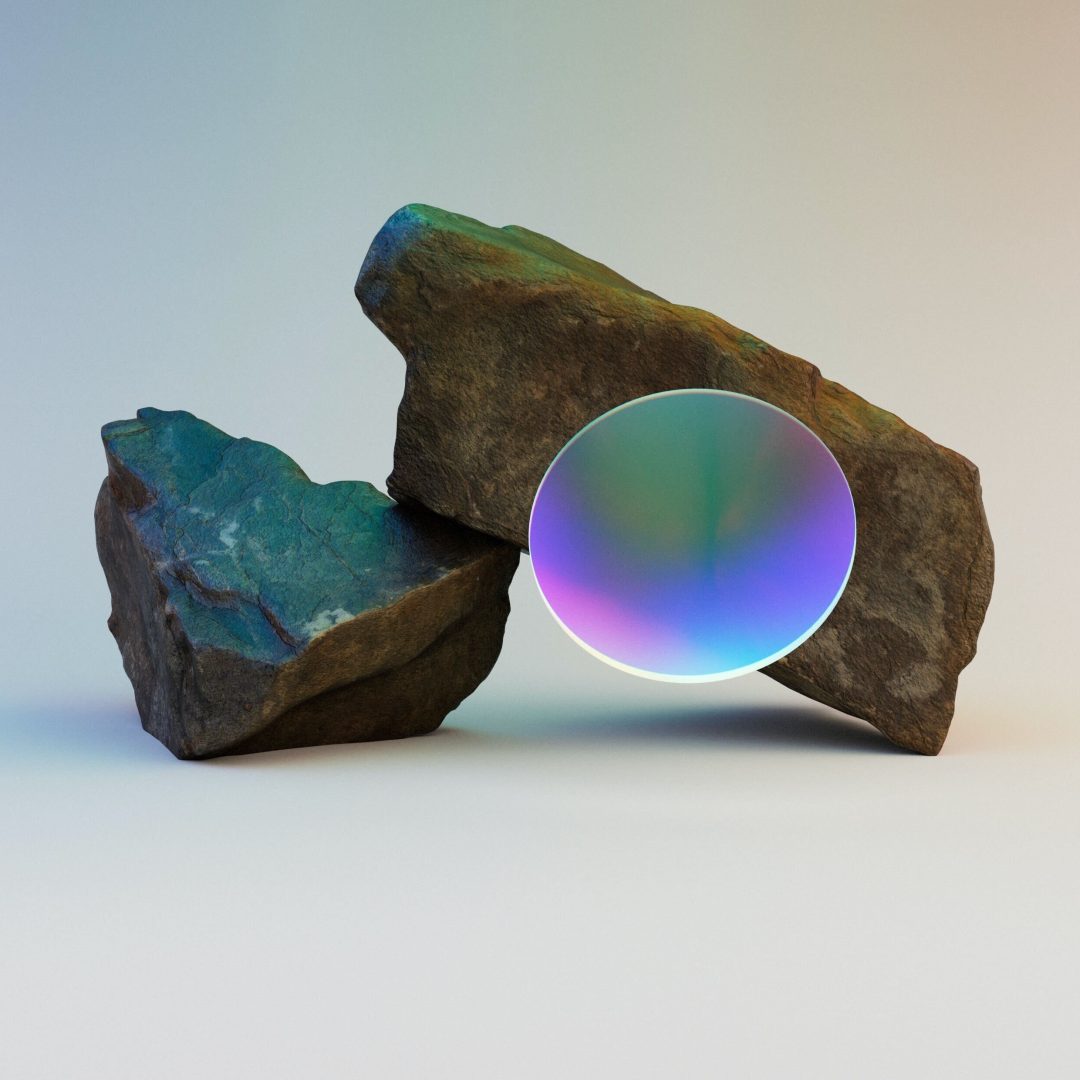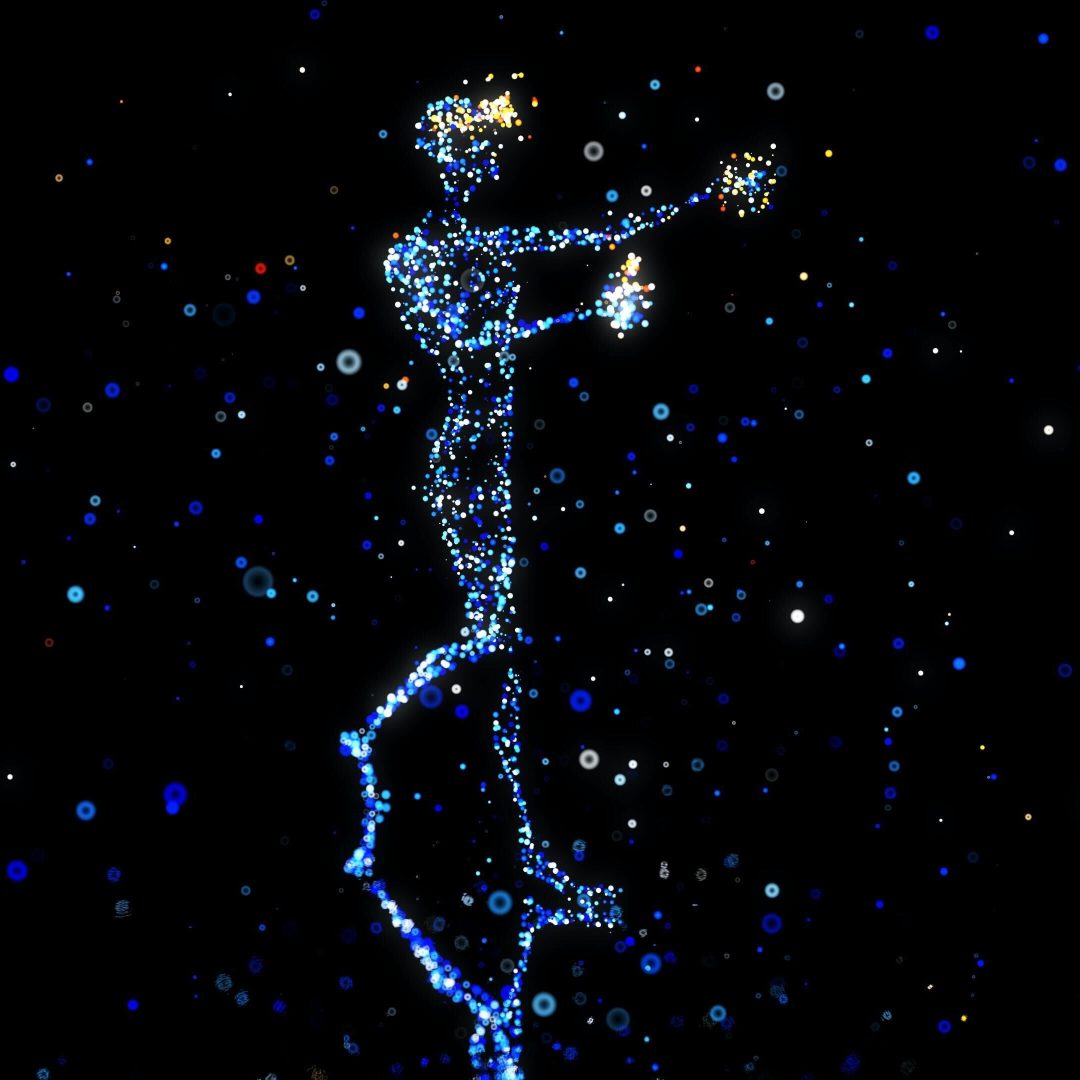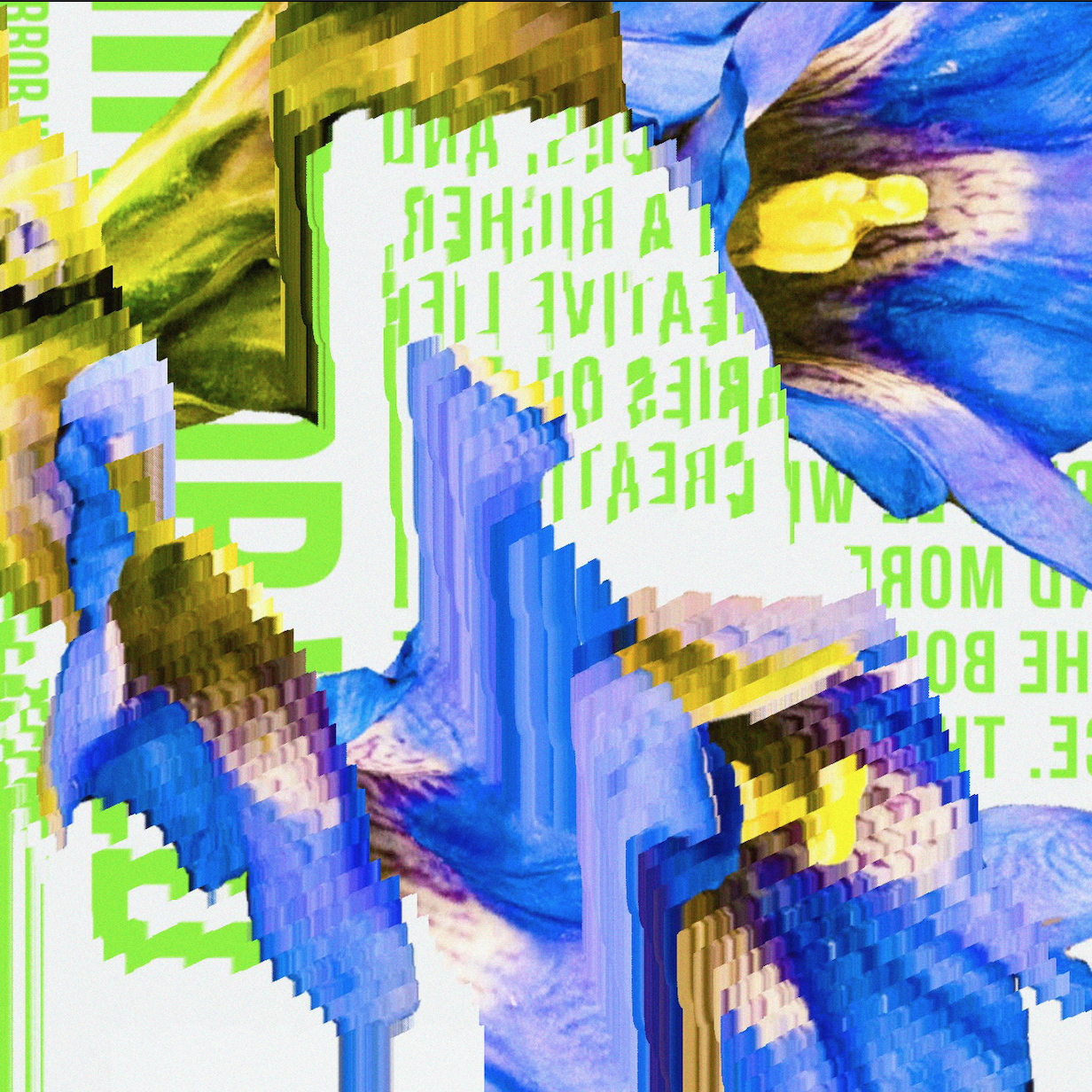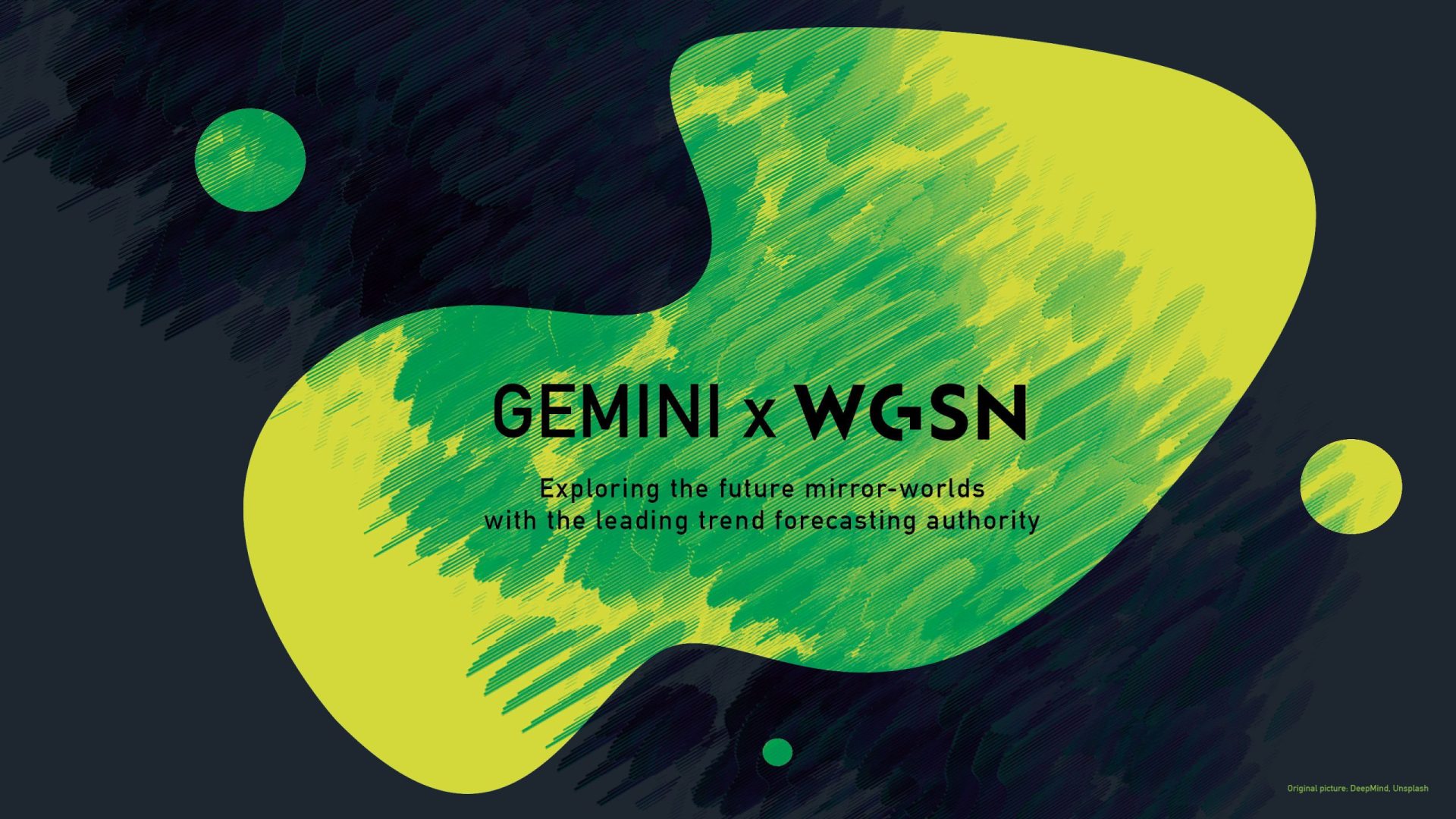Etsuko Ichihara has surprised viewers with media art that combines traditional culture and the latest technology. She has been actively involved in the xR field from early on and has practiced presenting works in virtual space by participating in events in the metaverse.
Various Japanese rituals are the motifs for most of her works such as “Digital Shaman Project,” “Namahage in Tokyo,” and “Virtual Currency Offering Festival.” By reconstructing these festivals in the digital world, she is presenting a form of faith and mourning for a new age.
We asked Ichihara, “Can the metaverse reproduce the sense of a real-life festival?” We also asked her about the functionality of fictional and real festivals, as well as changes in the human view of life and death in a more technologically advanced future.
The process of moving freely between fiction and reality
─So far, your activities have revolved around media art, and you’ll be participating as an exhibiting artist in Mori Art Museum’s “Roppongi Crossing 2022: Coming & Going” which opens on December 1. How have you been aware of the so-called metaverse?
Ichihara: I haven’t specialized in the metaverse in my work, but I’ve always been interested in the idea of fiction and reality. In 2013, Naotaka Fujii, who was in the Laboratory for Adaptive Intelligence at Riken at the time, proposed the Substitutional Reality System, or SR system (a system that allows past events to appear as if they were actually happening in front of you), and I thought it was very interesting.
―You’ve been attracted to both fiction and reality since your early work “Digital Shaman Project.”
Ichihara: The moment when information from the digital world is dropped into the real world is really fascinating. I use 3D printers and laser cutters to create my works, but the point of excitement is the moment when digital data is burned into analog or made into a physical object.
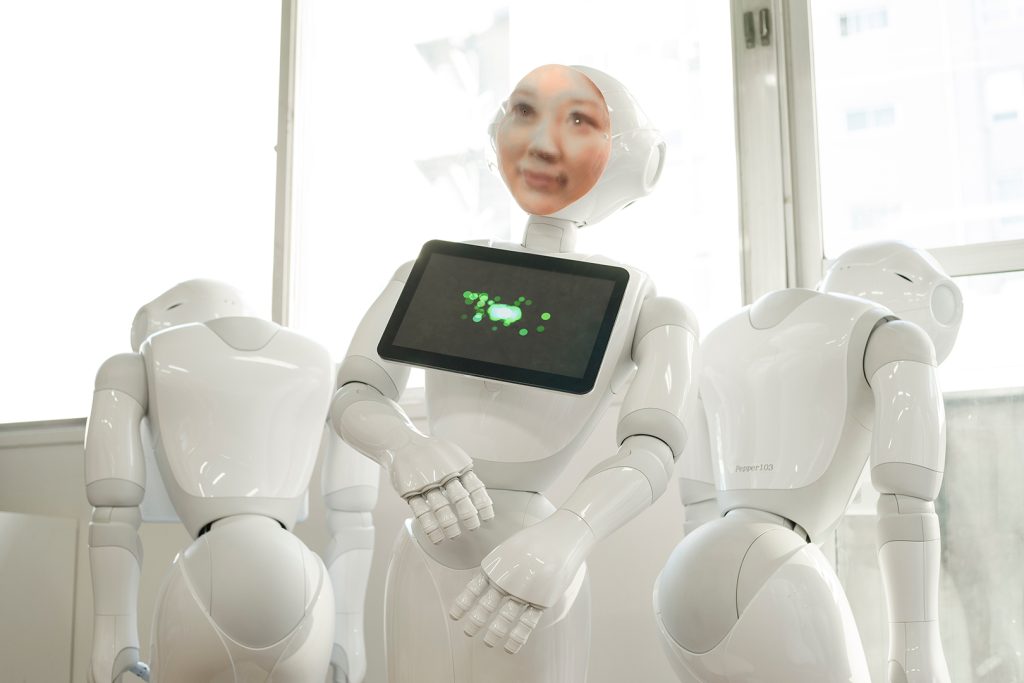
―In “Namahage in Tokyo,” you have also incorporated the fantasies that drove you into the physical costume, haven’t you?
Ichihara: Data, images, and ideas are uncertain and fluid, so in order to give them form, we have to examine the materials. I think I’m obsessed with the process of materializing information (laughs).

―That’s why you do art, right? You are also good at physical performances, as evidenced by your trademark Miko costume. At the “Virtual Currency Offering Festival” with the theme of Shinto Ritual Update, there was also a festival where you actually carry a server mikoshi shrine
Ichihara: In 2019, before COVID-19, about 10,000 people gathered over two days, and everyone carried the mikoshi. It was very crowded (laughs).

―Festivals are basically local and domestic, aren’t they? On the other hand, media art and the metaverse have a global and universal image. What made you pay attention to Japanese Shinto rituals in particular?
Ichihara: Ever since I was a student, I’ve loved visiting so-called B-class spots all over Japan. Also, in 2017, I felt like I was struck by lightning when I saw the exhibition “YOKAI NO SHIMA” by French photographer Charles Fréger, which featured the theme of Japanese monsters. Seeing the folklore of one’s own country from the perspective of a foreigner is refreshing. From there, I fell in love with Japanese Shinto rituals and strange festivals.
At first glance, indigenous festivals seem irrational and primitive, but they actually have a proper function. While preparing for the festival, you maintain the community and memorialize the ancestors of the land.
The namahage motif is part of that. It is said that young people in the village dressed up as namahage and went from house to house, maintaining public order and managing family registers. There is actually something called the Namahage Ledger. I find it interesting that irrational and strange festivals have a unique functional beauty.
Is it possible to replace the feeling of a real festival with a digital space?
―And in 2021, you released a new project called “The Digital Twin of Festivity” in response to the loss of festivals in everyday life.
Ichihara: I’ve heard a lot of heartbreaking cries from acquaintances who are involved in traditional performing arts because people can’t physically gather due to the COVID-19 pandemic. Among them, there was one who asked, “Can we hold a festival in a virtual space, not in a real space?” When I wanted to do something about this dire situation, I created “The Digital Twin of Festivity” with the technical support of the Yoichi Matsuyama Laboratory at Waseda University, which is researching the social implementation of digital twins, and with Taiki Watai, an artist and developer who was a member of the laboratory.
If you donate virtual currency there, the server mikoshi will be uplifted as an object in real space by the rotation and light emission of a large number of LED fans. At the same time, the virtual mikoshi on the metaverse and the ghosts who carry the mikoshi in the AR space will hold a festival on and on and on.
【海外展示のお知らせ】台湾でスタートした「Digital Art Festival Taipei 2021」にて、渡井大己さんとの新作「祝祭のデジタルツイン」を発表します。
今年に水面下で進めていた、奇祭のデジタルツイン版。ムキムキの人々が24時間営業で神輿担いでます。https://t.co/7WRNhNVEl4 pic.twitter.com/uXXcKJhQzh— 市原えつこ / Etsuko Ichihara (@etsuko_ichihara) December 11, 2021
Ichihara: On top of that, in the digital space, we also created a primitive island like a mirror world. When the virtual currency is dedicated, stone monuments and statues pop out from the hole in the center of the island, and more and more of them stand on the island. The stone monuments will remain semi-permanently on the metaverse.
There’s something sacred about festivals that come about when people’s enthusiasm and fervor come together. Should it be conditional on a physical gathering? Maybe it can be reconstructed in the digital space as well? This work was made through such trials and errors.
―Did you feel that a festival in virtual space could replace a festival in real life?
Ichihara: Certainly, something like a sense of celebration and liveliness was born. But on the other hand, I simply felt a lack of physical sensation. A festival is, after all, a close-knit group of people, and the sweat that scatters and the weight of the mikoshi are important, so even if you can reproduce it to some extent, it will be difficult to do so completely.
However, even in the VR world, there are more and more technologies that appeal to the human body, such as full-body tracking (a technology that links real body movements to avatars) and those that use electrical stimulation. I think the situation will change again when they become cheaper and more generally distributed.
―I see. With the pandemic, various forms of communication have become online-based, but on the contrary, many people have realized the importance of physical sensations.
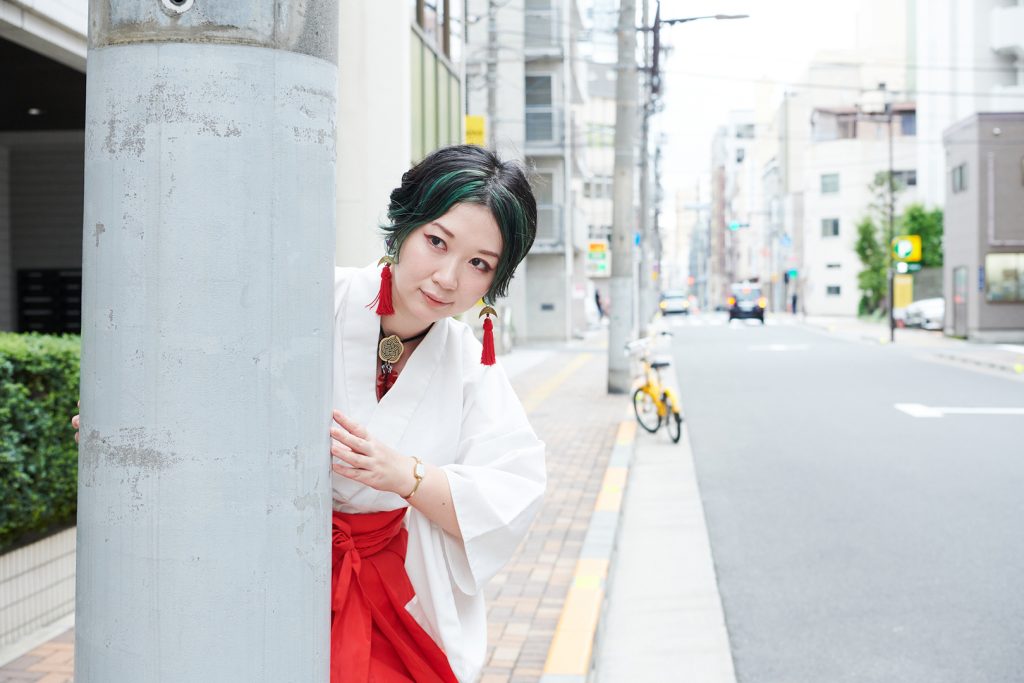
Ichihara: That said, I think the awareness of the convenience of the digital has spread. Once you get used to the efficiency of online communication, you probably don’t want to completely go back to the old way.
When I was making the “Virtual Currency Offering Festival,” I talked to a Shinto priest who was in charge of public relations at Ise Jingu, and he said, “The longer the event lasts, the more flexible it is to the changing times.” In the thousands of years of history, Ise Jingu has undergone a reconstruction and shrine transferal every 20 years, and I hear that the Shinto priest himself is updating Instagram for publicity like it’s a newspaper of the Edo period (laughs).
There have been quite a few parts where the traditions that have been passed down so far have become out of step with the times, and there have been some issues. That’s why I think it’s important to sort through and rebuild them at this time when social conditions are shaken.
―Certainly, it seems that the dual system of real and digital will become the baseline from now on. By the way, when you hold festivals in the metaverse, are there any tricks you devised to convey the feeling and emotions of real festivals?
Ichihara: Of course, compared to the real world, the resolution in the metaverse drops dramatically, but on the other hand, some things were easier to do because it was digital. For example, if virtual currency is donated, the field on the metaverse will expand infinitely, and the information of the person who donated will be engraved semi-permanently. You can create worlds that are different from reality in a specific electronic space, and you can also leave your own achievements there.
―Things like that are hard to visualize in real life, aren’t they?
Ichihara: Building a stone monument or creating an island in the shape of your face is nearly impossible to achieve in the real world. In that sense, the metaverse has the advantage that one’s contribution can easily take shape. I think it’s an experience that appeals to human emotions, so I think it’s a point that can complement reality.
Above all, it has the advantage that people all over the world can access and see the same scenery from any environment. Simultaneous communication is also possible, and the interesting thing about the metaverse is that people can gather regardless of geographical conditions. Even if you try to imitate the real experience as it is, it will be just a regression (a movement that was functioning normally will not work).
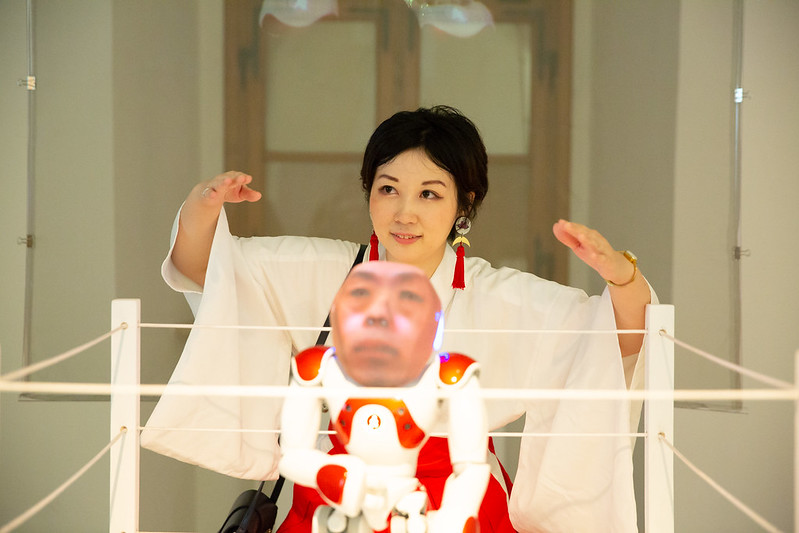
Updated functionality unique to Japanese rituals
―You have presented many exhibitions overseas, but how do you feel that traditional Japanese views of life and death are received abroad?
Ichihara: People often get creeped out when we present our work, so I really feel that we are a strange people (laughs). The work we have released the most overseas is the “Digital Shaman Project.” Even though this work was accepted surprisingly easily in Japan, people in Europe are often astonished when we presented it there.
The Japanese have an animistic idea that gods and life dwell in things other than humans, such as mountains and rocks. But in the Western world view, human beings are human beings, and matter is matter. Mechanization is nothing more than rational automation, so Japanese pet robots seem strange. That’s why the concept that the souls of the dead dwell in robots was both startling and amusing.
―Among the monotheistic worldviews of Europe and the United States, Japan’s animistic view of life and death still catches the eye, doesn’t it?
Ichihara: Europe is just about to reconsider its anthropocentric way of thinking, and people are talking about coexistence with nature. From that point of view, there may be parts that feature projects based on Japanese animistic ideas.
―Why did you become attracted to mourning and memorial services based on such a Japanese view of life and death in the first place?
Ichihara: The reason was that my grandmother passed away. I’m dressed like this now, but I was never a religious person until then (laughs). Originally, I didn’t understand the rational reason for funerals, but when I actually experienced my grandmother’s funeral, I felt that it was packed with functions to alleviate the feeling of loss when someone died.
Everyone picked up the white bones of my grandmother’s corpse with chopsticks. It’s a ceremony that is frightening just by looking at the words, but it seems that it alleviates the sorrow of the participants who lost an important person. The system of forty-nine days also has a functional beauty that gradually creates an appropriate sense of distance between the living and the dead.
―Forty-nine days is the perfect number of days to accept someone’s death.
Ichihara: Yes. From there, the intervals gradually opening up, like the first anniversary, then the third anniversary, are also well done.
I think that today’s best minds are gathering in the world of science, but in the era when Buddhist funerals were designed, the top minds were probably in the field of religion. In other words, it’s a very rational function designed by the elite with all their might.
Things that have continued for hundreds or even thousands of years have their own strength. In every country in the East and West, through all ages, there has always been an act of mourning, and I hear that even animals mourn for their friends. It is an essential nutrient for living organisms.
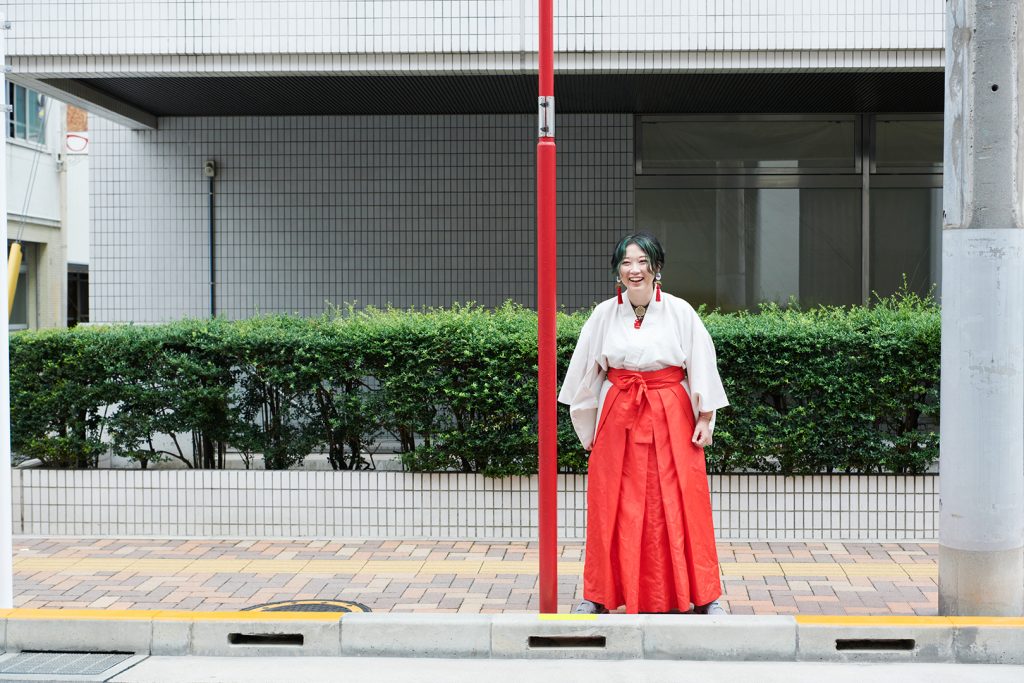
―What do you feel is lacking in today’s digital world when using technology to hold such a funeral?
Ichihara: Conversely, in terms of issues on the religious side, as I mentioned earlier, I think there will inevitably be areas where a system that has been in place for many years will no longer fit the situation for which it was designed. The social environment is changing, and the flow of people is turning fluid, so it’s a rare case when someone stays in the same place for their entire life. At that time, I felt that the system of protecting the graves of our relatives from generation to generation was no longer in keeping with the times.
Buddhist altars and graves are, so to speak, interfaces for communicating with the dead. It would be nice if the interface became more diverse, and for example, a system that allows people to meet the deceased on a regular basis in the metaverse.
―If such a system for mourning and memorial services in the metaverse is put in place, do you think that people’s views on life and death and their beliefs will change?
Ichihara: I think they will change a lot. Not only in the metaverse, but with the evolution of new technologies, I think that the concepts of lifespan and gender that have been taken for granted until now will be overturned.
What I felt in the SR (substitutional reality) experiment I mentioned at the beginning was that human cognition is really sloppy and very easy to be deceived (laughs). Therefore, it is possible that the boundary between the living and the dead will become ambiguous in the future.
Even now, social media accounts can continue to exist after someone dies. Because these avatars continue in the digital space even after physical death, it might become normal to prepare them before death. I’m thrilled that this might be waiting.
Guest Profile
-
Etsuko Ichihara
Artist, Fantasy Inventor
Etsuko Ichihara
Artist, Fantasy Inventor
Etsuko Ichihara Is Japanese Award-Winning Artist. Born 1988 In Aichi. Graduated In Studies Of Media, Body And Image From The School Of Culture, Media And Society, Waseda University. She Has Been Creating Artworks That Interpret Japanese Culture, Customs And Beliefs From A Unique Point Of View, And Present New, Technology-Based Approaches. Thanks To Their Strong Impact, These Works Have Been Introduced Across A Wide Range Of Media All Over The World, Such As Newspapers And TV Programs, Radio Programs, And Magazines. Ichihara’s Works Were Included In The Excellence Award At The 20th Japan Media Arts Festival, Entertainment Division In 2017, And In 2016, Chosen For The INNOvation Program From The Ministry Of Internal Affairs And Communications. She Won Honorary Mention (Interactive Art+) In PRIX Ars Electronica 2018 And Received A STARTS Prize Nomination In The Same Year Recently. She Has Recently Presented Her Works In Exhibitions Such As ‘Digital Shamanism: Japanese Funeral And Festivity’ At NTT InterCommunication Center [ICC], ‘Cyber Arts Exhibition 2018’ At Ars Electronica Festival In Linz, Japan Media Arts Festival.
- Etsuko Ichihara Official | Artist | Etsuko Ichihara Official Website: https://etsuko-ichihara.com/
Co-created by
-
Haruya Nakajima
Writer
Haruya Nakajima
Writer
Artist. He Develops Cross-Disciplinary Activities While Interacting With Various Places And People As An Independent Artist, Such As Contemporary Art, Writing, And Rap. Lecturer At Bi-Gakko "The Back Door Of Contemporary Art". Major Solo Exhibitions Include “Suck Tokyo Through Your Nose And Dance” (Gallery ΑM, 2019-2020), Curated “SURVIBIA!!” (NEWTOWN, 2018), And Group Exhibition “TOKYO2021” (TODA BUILDING, 2019). 2016), The Album “From Insect Cage” (Stag Beat, 2016), And The Book “Oil On Townscape” (Ronsosha, 2022).
- Haruya Nakajima | Haruya NAKAJIMA | Haruya NAKAIJIMA Artwork: https://haruyanakajima.com/
-
Nozomi Toyoshima
Photographer
Nozomi Toyoshima
Photographer
Worked As A Photographer In 2011 After Working At A Studio In Tokyo And As A Freelance Camera Assistant.
- Nozomu Toyoshima: http://toyoshimanozomu.com/
Tag
Share
Discussion
Index
Index
Archives
Recommend
Recommend
Recommend
Recommend
Recommend
-

{ Community }
AR In The Everyday
AR In The Everyday
AR In The Everyday
-

{ Community }
Is field recording in VR possible?Eisuke Yanagisawa speaks about the act of listening, sound information volume, and technology
Is field recording in VR possible?Eisuke Yanagisawa speaks about the act of listening, sound information volume, and technology
Is field recording in VR possible?Eisuke Yanagisawa speaks about the act of listening, sound information volume, and technology
-

{ Special }
Score System of Self-Formation
Score System of Self-Formation
Score System of Self-Formation
-

{ Community }
The Important World of Materials: Past, Present, Future – as conceived by British duo behind ‘Material Matters’
The Important World of Materials: Past, Present, Future – as conceived by British duo behind ‘Material Matters’
The Important World of Materials: Past, Present, Future – as conceived by British duo behind ‘Material Matters’
Hot topics
Hot topics
Hot topics
Hot topics
Hot topics
-

{ Community }
Scent Transcends Memory to Change Behavior. The Future of Digital x Olfaction, by Scent Marketing Pro Gouchi Hamada
Scent Transcends Memory to Change Behavior. The Future of Digital x Olfaction, by Scent Marketing Pro Gouchi Hamada
Scent Transcends Memory to Change Behavior. The Future of Digital x Olfaction, by Scent Marketing Pro Gouchi Hamada
-

{ Community }
The stage is a restroom designed by Tadao Ando. Possibilities of media mix that GEMINI pioneers.
The stage is a restroom designed by Tadao Ando. Possibilities of media mix that GEMINI pioneers.
The stage is a restroom designed by Tadao Ando. Possibilities of media mix that GEMINI pioneers.
-

{ Community }
“Conveying the Moment of ‘Now’ in History: Catalan Artist Xavi Bové’s Light Expressions”
“Conveying the Moment of ‘Now’ in History: Catalan Artist Xavi Bové’s Light Expressions”
“Conveying the Moment of ‘Now’ in History: Catalan Artist Xavi Bové’s Light Expressions”
-

{ Community }
“Designing with Heart: How Amanda Talbot is shaping a better future through emotionally intelligent AI”
“Designing with Heart: How Amanda Talbot is shaping a better future through emotionally intelligent AI”
“Designing with Heart: How Amanda Talbot is shaping a better future through emotionally intelligent AI”
-

{ Community }
Unearthing the Future: How ancient history can guide modern innovation with Darius Arya
Unearthing the Future: How ancient history can guide modern innovation with Darius Arya
Unearthing the Future: How ancient history can guide modern innovation with Darius Arya
-

{ Community }
Interview with Masayoshi Yokoyama from Ryu Ga Gotoku Studio. Talks about reality in games and the future of the industry
Interview with Masayoshi Yokoyama from Ryu Ga Gotoku Studio. Talks about reality in games and the future of the industry
Interview with Masayoshi Yokoyama from Ryu Ga Gotoku Studio. Talks about reality in games and the future of the industry
-

{ Community }
The new form of pilgrimage. What is the border of real and fictional worlds that Petra Szemán pictures?
The new form of pilgrimage. What is the border of real and fictional worlds that Petra Szemán pictures?
The new form of pilgrimage. What is the border of real and fictional worlds that Petra Szemán pictures?
Special
Special
Special
Special
Special
Featured articles spun from unique perspectives.
What Is
“mirror world”...
What Is
“mirror world”...
What Is
“mirror world”...
What Is
“mirror world”...
What Is
“mirror world”...
“mirror world”... What Is
“mirror world”... What Is
“mirror world”... What Is
“mirror world”... What Is
“mirror world”...
Go Down
Go Down
Go Down
Go Down
Go Down
The Rabbit
The Rabbit
The Rabbit
The Rabbit
The Rabbit
Hole!
Hole!
Hole!
Hole!
Hole!
Welcome To Wonderland! Would You Like To Participate In PROJECT GEMINI?

